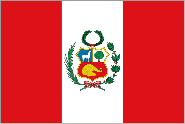Local governments
Taxonomy Term List
Increased Resilience to Climate Change in Northern Ghana Through the Management of Water Resources and Diversification of Livelihoods
The main objective of the 'Increased Resilience to Climate Change in Northern Ghana Through the Management of Water Resources and Diversification of Livelihoods programme (2015-2022) was to enhance the resilience and adaptive capacity of rural livelihoods to climate impacts and risks on water resources in the northern region of Ghana. The objective was achieved through key results centered on the improvement of water access and also increase institutional capacity and coordination for integrated water management to support other uses of water resources especially for the diversification of livelihoods by rural communities.
The programme targeted the three regions in the northern part of Ghana: the Upper East, Upper West and Northern Regions. Compared to other regions of the country, these three northern regions have high degree of exposure to climate variability and change characterized by increasing temperatures and decreasing and erratic rainfall. These factors make the northern regions highly vulnerable to climate change and high priority regions for climate change adaptation.
ProDocs
ProDoc - Increased Resilience to Climate Change in Northern Ghana Through the Management of Water Resources and Diversification of Livelihoods
Communications Products
Project Brief - Increased Resilience to Climate Change in Northern Ghana Through the Management of Water Resources and Diversification of Livelihoods
Brochures, Posters, Communications Products
New Water Access Reduces Disease and Improves Livelihoods in Ghana
Water is recognized as a cross-cutting resource underlying the National Growth and Poverty Reduction Strategy of the Republic of Ghana and the National Water Policy with direct linkages to the realization of the Sustainable Development Goals.
The lack of potable water caused by extreme climate events such as droughts and floods, increases the exposure of people, especially women and children, to water-borne and other hygiene-related diseases such as diarrhoea, cholera. Besides household wellbeing, water plays a central role in many industrial activities. For example, hydropower generation, transportation services, tourism and the agricultural, livestock and fisheries sectors all depend on water resources. Rainwater harvesting serves as the major source of surface water for many rural communities during the rainy season. There is high agreement between national and regional analyses that vulnerability, especially to droughts, has geographical patterns and socioeconomic associations.
The country experienced severe drought in 1983. Since the late 1990s, floods have been increasingly frequent in the northern regions. Floods affected more than 300,000 people in 1999, 630,000 in 2007/08 and 140,000 in 2010, causing deaths, damaging farmlands, and destroying livelihoods. This resulted in severe hunger, which affected the poor and reduced gross domestic product for that year.
The most severe flood occurred in 2007, during which 630,000 people were affected, through losses of life and displacement, and extensive infrastructural damage and loss of crops. This phenomenon demonstrates the potential impact of climate change on Ghana’s development.
Under a changing climate, poor farmers are finding it difficult to predict the timing of rainy seasons. Consequently, it is becoming difficult manage climate risks to crop production. Failure in crop production is one of the key factors undermining food security . The World Food Programme’s (WFP) Comprehensive Food Security and Vulnerability Analysis (2009) found that 5% of the population or 1.2 million people are food insecure.
The bulk of the food insecure population is located in the northern regions: 34% in Upper West, 15% in Upper East, and 10% in Northern region. This is the equivalent of approximately 453,000 people. The three northern regions covered by this programme are the most vulnerable. Similarly, the adaptive capacity of these three regions is the lowest nationwide due to low socioeconomic development and the heavy dependence of local economies and livelihoods on rain-fed systems such as agriculture and forestry.
Decreasing annual rainfall and its increasingly erratic pattern, on the background of climate change, are adversely affecting rural livelihoods in northern Ghana and in particular agricultural and pastoral practices. Agriculture is a major driver of Ghana’s economy and employs close to 55 percent of the total labour force.
The proposed Programme will promote four types of adaptation intervention: 1. livelihood enhancement; 2. livelihood diversification; 3. ecosystem protection and enhancement; and 4. community-level water infrastructure planning. These approaches will build up financial, natural, physical and social capital of the communities. A conservative estimate gives a total of 60,000 people as direct beneficiaries of the project. The indirect number of beneficiaries comprise the entire population in the Volta River Basin, estimated to be 8.5 million as of 2010. The main indicator of vulnerability reduction will be changes in access to water and diversification of livelihood activities. Income generation will increase by 30 % in at least 50% of households in the communities.
The main adaptation benefits of the Programme are that it will be able to provide concrete inputs into water resource management planning in the northern region by ensuring that climate change concerns are taken into account. The Programme will be able to build and enhance the adaptive capacity of the ecological systems of water catchments to climate change, once the proposed measures are adopted and implemented.
This is expected to be the first showcase in the Ghana where climate concerns are taken into account and lessons learned will be replicated to other river basins of the country. The activities that will be implemented will include producing knowledge products that capture lessons learnt on management of water resources and diversification of livelihoods under climate change. The capacity to document traditional knowledge systems as well as methods for managing knowledge will be developed, as well as the engagement of community service organizations for knowledge transfer.
The main objective of the programme is to enhance the resilience and adaptive capacity of rural livelihoods to climate impacts and risks on water resources in the northern region of Ghana. The objective will be achieved through key results centered on the improvement of water access and also increase institutional capacity and coordination for integrated water management to support other uses of water resources especially for the diversification of livelihoods by rural communities.
There are three components, each with the following outcomes that will be delivered by the programme:
COMPONENT 1: WATER RESOURCE MANAGEMENT PLANNING
Outcome 1: Improved planning and management of water resources taking into account climate change impacts on surface and groundwater sources
COMPONENT 2: COMMUNITY LEVEL IMPLEMENTATION OF WATER RESOURCE MANAGEMENT ACTIVITIES
Outcome 2: Climate resilient management of water resources by communities in Northern Ghana
COMPONENT 3: DIVERSIFICATION OF LIVELIHOODS OF RURAL COMMUNITIES
Outcome 3: Enhanced diversification of livelihoods of communities in northern Ghana
'Water at the arm-reach of community healthcare delivery', UNDP Ghana, 29 June 2021
'Increasing water supplies in rural Ghana', UNDP Ghana, 28 March 2019
'Strengthening Resilience of Rural Women through Dry Season Farming in Ghana', 28 March 2019
'Northern Regions urged to embrace climate Adaptation Fund Project', Vibe Ghana, 17 February 2017
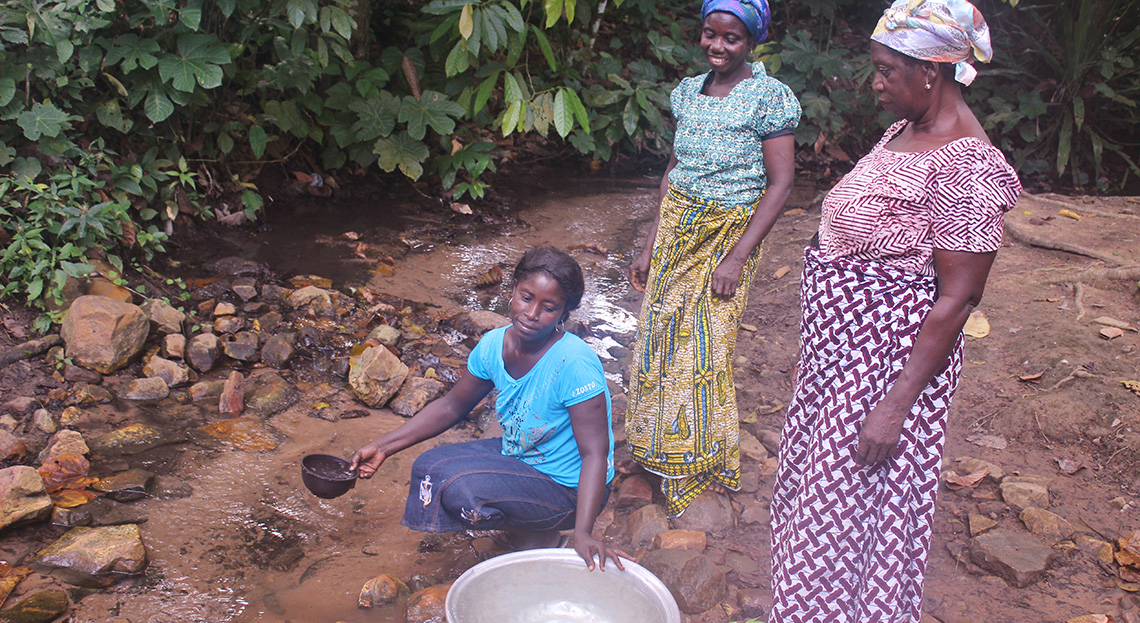
Outcome 1 - Improved planning and management of water resources taking into account climate change impacts on surface and groundwater sources
Outcome 2 - Climate resilient management of water resources by communities in Northern Ghana
Outcome 3 - Enhanced diversification of livelihoods of communities in northern Ghana
Saving Lives, Protecting Agriculture Based Livelihoods in Malawi (M-Climes)
Climate change severely threatens sustainable development opportunities for Malawi. The country faces a number of climate-induced disasters including floods, droughts, stormy rains and strong winds. The intensity and frequency of climate-related hazards have been increasing in recent decades, due to climate change as well as other factors like population growth, urbanization and environmental degradation. Farmers and rural populations have been amongst the most affected. The impacts of climate hazards have severely disrupted food production, led to the displacement of communities, loss of life and assets, and caused an overall reduction of community resilience.
The “Saving Lives and Protecting Agriculture Based Livelihoods in Malawi: Scaling Up the Use of Modernized Climate Information and Early Warning Systems” (M-Climes) project will support the Government of Malawi to take important steps to save lives and enhance livelihoods at risk from climate-related disasters. The project focuses on Malawi’s technical, financial capacity, and access barriers related to weather and climate information (CI). These barriers will be addressed by investing in enhancing the hydro-meteorological capacity for early warnings (EWs) and forecasting; developing and disseminating tailored products for different actors (including smallholder farmers and fishers); and strengthening capacities of communities to respond to climate-related disasters.
PIFs
Climate change severely threats sustainable development opportunities for Malawi. The country faces a number of climate-induced disasters including floods, droughts, stormy rains, and strong winds. The intensity and frequency of climate-related hazards have been increasing in recent decades, due to climate change as well as other factors like population growth, urbanization and environmental degradation. Farmers and rural populations have been amongst the most affected. The impacts of climate hazards have severely disrupted food production, led to the displacement of communities, loss of life and assets, and caused an overall reduction of community resilience.
The “Saving Lives and Protecting Agriculture based Livelihoods in Malawi: Scaling Up the Use of Modernized Climate Information and Early Warning Systems” project will support the Government of Malawi to take important steps to save lives and enhance livelihoods at risk from climate-related disasters. The project focuses on Malawi’s technical, financial capacity, and access barriers related to weather and climate information (CI). These barriers will be addressed by investing in enhancing the hydro-meteorological capacity for early warnings (EWs) and forecasting; developing and disseminating tailored products for different actors (including smallholder farmers and fishers); and strengthening capacities of communities to respond to climate-related disasters.
The project is aligned with the Government of Malawi's national strategies such as the Malawi Growth and Development Strategy and the National Adaptation Programme of Action (NAPA). The design of the project followed extensive stakeholder consultations. This process allowed the project to gain the support of the relevant stakeholders including the community members from targeted districts, the civil society and local and international NGOs. The project is also supported by the pertinent government ministries and departments and local government with local offices in the targeted districts (DCCMS, DWR, MoAIWD).
Approximately 1.4M direct and 0.7M indirect beneficiaries (total 12% of the population) will gain access to critical weather information as a result of the project. It will reduce vulnerability of lives and livelihoods, particularly women’s, to impacts of climate change and extreme weather events. In addition, it will increase the resilience and enhance livelihoods of the most vulnerable people communities and regions.
Output 1: Expansion of networks that generate climate-related data to save lives and safeguard livelihoods from extreme climate events
- Activity 1.1: Expanding coverage of Meteorological and hydrological infrastructure through installation of AWS, hydrological monitoring stations, lightning detection systems, and lake-based buoys.
- Activity 1.2: Capacity-building of hydromet staff on operations & maintenance, data analysis, modeling, and forecasting.
Output 2: Development and dissemination of products and platforms for climate-related information/services for vulnerable communities and livelihoods
- Activity 2.1: Develop tailored weather/climate based agricultural advisories for 14 food insecure districts and disseminate through ICT/mobile, print, and radio channels
- Activity 2.2: Develop and disseminate tailored warnings and advisories for fishing communities of Mangochi, Salima, Nkhata Bay and Nkhotakhota around Lake Malawi
- Activity 2.3: Develop and deploy the flood and water resource modelling and decision support system to enhance coverage for disaster risk and water resource management
- Activity 2.4: Enablea demand-based model for climate information and services stimulating private sector engagement
- Activity 2.5: Knowledge sharing and management for development, dissemination and use of EW and CI to enhance resilience
Output 3: Strengthening communities capacities for use of EWS/CI in preparedness for response to climate related disasters
- Activity 3.1: Scale-up community-based EWS in flood-disaster prone areas of Karonga, Salima, Dedza, Nkhotakota, Nkhata Bay, Rumphi, Phalombe and Zomba
- Activity 3.2: Capacity development of national, district and community level actors on disaster and climate risk management
Project-level monitoring and evaluation will be undertaken in compliance with the UNDP POPP and the UNDP Evaluation Policy. The Project Manager that will be in charge of running the project on behalf of Department of Disaster Management Affairs (DoDMA) will be responsible for day-to-day project monitoring. S/he will develop annual work plans to ensure the efficient implementation of the project.
The UNDP Country Office will conduct, within other monitoring activities, annual supervision missions. The UNDP Country Office will be responsible for complying with UNDP project-level M&E requirements. Additional M&E, implementation quality assurance, and troubleshooting support will be provided by the UNDP Regional Technical Advisor as needed.
A Project Implementation Report (PIR) will be prepared for each year of project implementation. The Project Manager, the UNDP Country Office, and the UNDP Regional Technical Advisor will provide objective input to the annual PIR. The Project Manager will ensure that the indicators included in the project results framework are monitored annually well in advance of the PIR submission deadline and will objectively report progress in the Development Objective tab of the PIR. The annual PIR will be shared with the Project Board and other stakeholders.
An independent mid-term review (MTR) process will be undertaken and the findings and responses outlined in the management response will be incorporated as recommendations for enhanced implementation during the final half of the project’s duration.
An independent terminal evaluation (TE) will take place no later than three months prior to operational closure of the project. UNDP Country Office will include the planned project terminal evaluation in the UNDP Country Office evaluation plan, and will upload the final terminal evaluation report in English and the management response to the public UNDP Evaluation Resource Centre (ERC) (www.erc.undp.org).The MTR and TE will be carried out by an independent evaluator. The evaluation report prepared by the independent evaluator is then quality assessed and rated by the UNDP Independent Evaluation Office.
Protecting Malawi with climate information and early warning systems, published by the Green Climate Fund, December 2019
Strengthening climate information in food insecure districts in Malawi
Henry Msiska is a 49-year-old Lead Farmer from Mziliwanda village in Nchenachena in the northern district of Rumphi. To Msiska, delayed onset of rains is undoubtedly the biggest challenge in his agri-business. “I remember some years back, the rainy season used to start in November and last in April or May. But nowadays, the rain would start in December and end even before March,” observes Msiska. Due to this unpredictability of the present-day rainfall patterns his crops have been subject to new pests and diseases, a development that has drastically been reducing his farm yields. Despite growing more climate-resilient crops, it has still been very difficult for him to put more focus on them (crops) due to the changes in the climatic conditions. Msiska is not alone in this predicament as this phenomenon affects thousands of other farmers across Malawi. However, with the use of tailored-weather information and advisories, that he and other community members are expected to be receiving through mobile phones, print and radio channels, under the M-CLIMES Project, such challenges are expected to be a thing of the past. The M-CLIMES Project, which is being implemented with funding from the Green Climate Fund (GCF) aims at increasing the farmers’ adaptive capacity and their decision-making through timely provision of climate-related risks information.
UN support enhances delivery of improved weather services in Malawi
The Department of Climate Change and Meteorological Services has said UN capacity building support to the department has improved their capacity to generate, analyse and disseminate weather information in the country. The department’s deputy director Rodrick Walusa said this on 27th July 2018 when the UN Resident Coordinator, Maria Jose Torres, visited their offices in Blantyre to appreciate impact of UN support to the department. “UNDP has provided us with support to improve our infrastructure for handling weather information,” said Walusa. “We have transformed many of our weather stations into automated ones. With UNDP support, 10 automated weather stations have been fully automated and additional 33 automated weather stations are being procured by UNDP for installation in some of the remaining sites across the country.”
Farmers and fishers benefiting from digitized weather data in Malawi
The exercise which is set to run for 17 days is being conducted in Zomba District under the Green Climate Fund (GCF) funded ‘Saving lives and Protecting Agriculture-based Livelihoods in Malawi: Scaling up the use of Modernized Climate information and Early Warning Systems (M-CLIMES), being implemented by the Department of Disaster Management Affairs (Dodma).
The DCCMS Chief Meteorologist, Mr. Fred Kossam, said that the digitization of climate data is expected to bring many benefits to Malawi and will provide a fundamental building block for climate change adaptation and disaster management in the country by improving the accuracy of seasonal rainfall forecast.
The positives of preparing for disaster
Knowledge is power. In terms of climate change, this translates into using a growing understanding of how rising global temperatures lead to localised weather disasters. This improved knowledge can help reduce the physical and social devastation of climate change by providing early warning...
While the landlocked nation of Malawi is highly susceptible to droughts, it also provides an example of how flooding can pose a problem for a number of African countries – even those located far from coastlines. Lake Malawi, one of the largest lakes in the world, is a central geographical and economic feature of the country. A GCF project in Malawi being implemented by the United Nations Development Programme (UNDP), a GCF Accredited Entity, is installing automatic weather stations and lake-based weather buoys to increase the capacity to identify and forecast flood risks.
A major component of this USD 16.3 million early warning project is ensuring that climate information is transmitted to vulnerable farming and fishing communities around the lake. The sharing of climate information to the right people is a key part of all effective early warning systems. In the case of the Malawi project, this will include making sure affected communities know what to do with enhanced weather information. The capacity of local communities, district councils, and national agencies to respond to emergencies will be strengthened through training and improved emergency services.
Malawi's farmers watch climate change
Malawi: Illiteracy Levels Affecting Meteorological Services
Department of Climate Change and Meteorological Services has attributed its information communication dissemination challenge to high illiteracy levels in the country, saying people fail to instantly understand the information they present at once. Amos Ntonya, a Meteorologist in the Department of Climate Change and Meteorological Services said this on Tuesday during a meeting organised to sensitise Nkhotakota District Executive Committee on 'Saving Lives and Protecting Agriculture-based Livelihoods in Malawi: Scaling up the Use of Modernised Climate Information and Early Warning Systems (M-CLIMES)' Project.
Maravi Post
The Department of Disaster Management Affairs (DODMA) in conjunction with the United Nations Development Programme (UNDP) will embark on scaling up the use of modernised climate information and early warning systems (M-CLIMES) Project aimed at reducing vulnerability of communities to climate change. Briefing the District Executive members (DEC) in Mchinji on Friday, Project coordinator of M-CLIMES DODMA, Rabi Narayan Gaudo, said the six year project (2017-2023) will target two million beneficiaries including farmers, fishermen and flood-prone communities. “The Information Systems Programme will help reduce vulnerability to climate change impacts on lives and livelihoods, particularly of women, from extreme weather events and climate change, and strengthen community capacities in preparedness for response to climate related disasters,” he said. Gaudo said through the project, automated weather stations will be installed in 19 districts, automated rain gauges will be installed for enhanced community early warnings, and all 21 districts will benefit from improved accurate and reliable climate weather forecasts for agriculture.
New climate project to support 3 million Malawians
4 October 2017, Lilongwe
The Government of Malawi, through the Department of Disaster Management Affairs (DoDMA) and with support from the United Nations Development Programme (UNDP), has officially launch a new project to scale up the use of modernized early warning systems and climate information across 21 of the country’s 28 districts. The project called Saving Lives and Protecting Agriculture-based Livelihoods in Malawi: Scaling Up the Use of Modernized Climate Information and Early Warning Systems (M-CLIMES), is co-financed by the Green Climate Fund (GCF), a global fund created to support efforts of developing countries to respond to the challenge of climate change. The M-CLIMES project will reach an estimated three million people in the country with lifesaving early warnings, and improve the monitoring, packaging and distribution of valuable climate information that can save lives, protect livelihoods, and inform decision-making on development plans.
Scaling Up the Use of Modernized Climate Information and Early Warning Systems in Malawi
New UNDP-Supported Project Funded by the GCF Works to Reduce Vulnerability to Climate Change Impacts
By Srilata Kammila
A recently approved project supported by the UNDP and funded through the Green Climate Fund is providing new opportunities to scale up the use of climate information and early warnings in Malawi. The innovative $11 million project focuses on building weather- and climate-related services and has the potential of reaching approximately 2 million people, providing farmers, fishers and communities impacted by a changing climate with the information they need to protect lives and build livelihoods. This includes investing in the use of climate information for planning agricultural and on-farm activities, providing warnings of severe weather for fishers on Lake Malawi, improving flood forecasting and monitoring, and fostering information exchanges through mobile platforms....
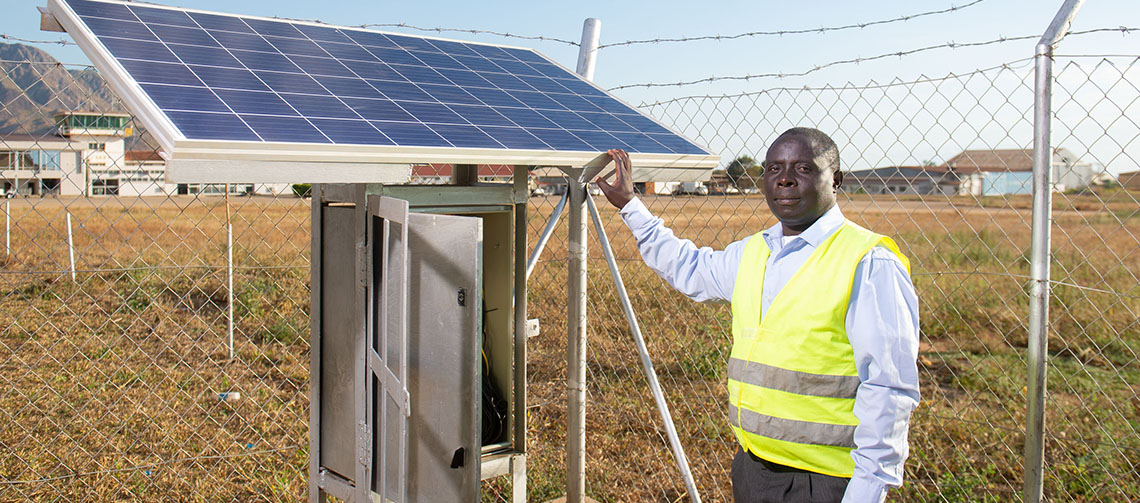
Output 1: Expansion of networks that generate climate-related data to save lives and safeguard livelihoods from extreme climate events
Output 2: Development and dissemination of products and platforms for climate-related information/services for vulnerable communities and livelihoods
Output 3: Strengthening communities capacities for use of EWS/CI in preparedness for response to climate related disasters
Addressing the Risks of Climate Induced Disasters in Bhutan through Enhanced National and Local Capacity for Effective Actions
The current NAPA II project, Addressing the Risk of Climate-Induced Disasters through Enhanced National and Local Capacity in Bhutan, will address urgent and immediate climate change adaptation needs and leverage co-financing resources from national government, bilateral and other multilateral sources, and the private sector. The project is working to “enhance national, local and community capacity to prepare for and respond to climate induced multi-hazards to reduce potential losses of human lives, national economic infrastructure, livelihood and livelihood assets.”
The USD 11.49 million project is funded by Global Environment Facility/Least Developed Countries Fund, and coordinated by the National Environment Commission Secretariat in partnership with UNDP, Bhutan. The project will safeguard essential economic and livelihood infrastructure in hazard-prone communities and key industrial areas from increasing climate hazards such as floods, landslides, windstorms and forest fire through reducing vulnerability at high-risk areas and increasing adaptive capacity of community-level disaster risk management institutions.
Source: UNDP Bhutan Project Identification Form (May 1, 2012), and the Bhutan NAPA II brochure, June 2015.
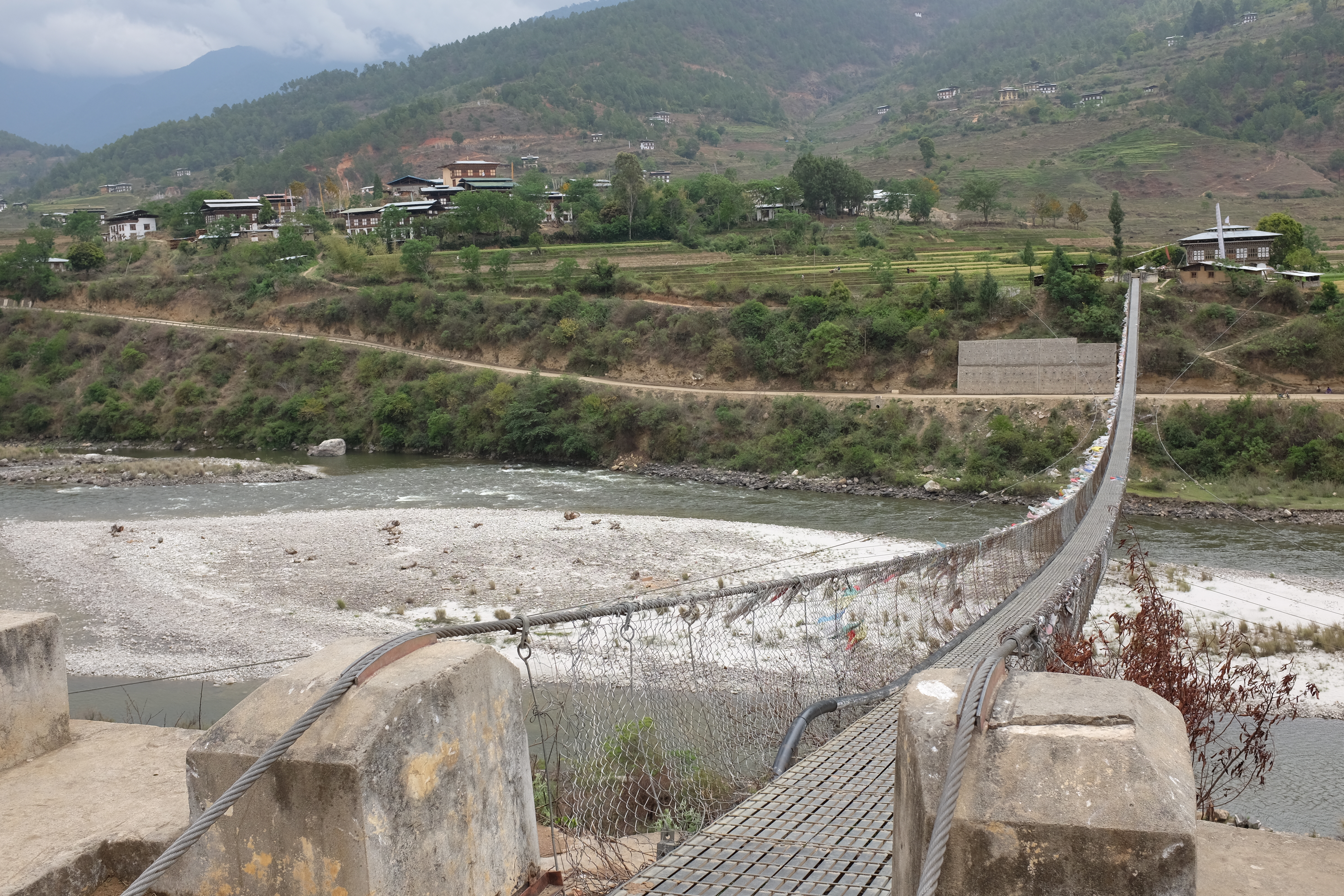
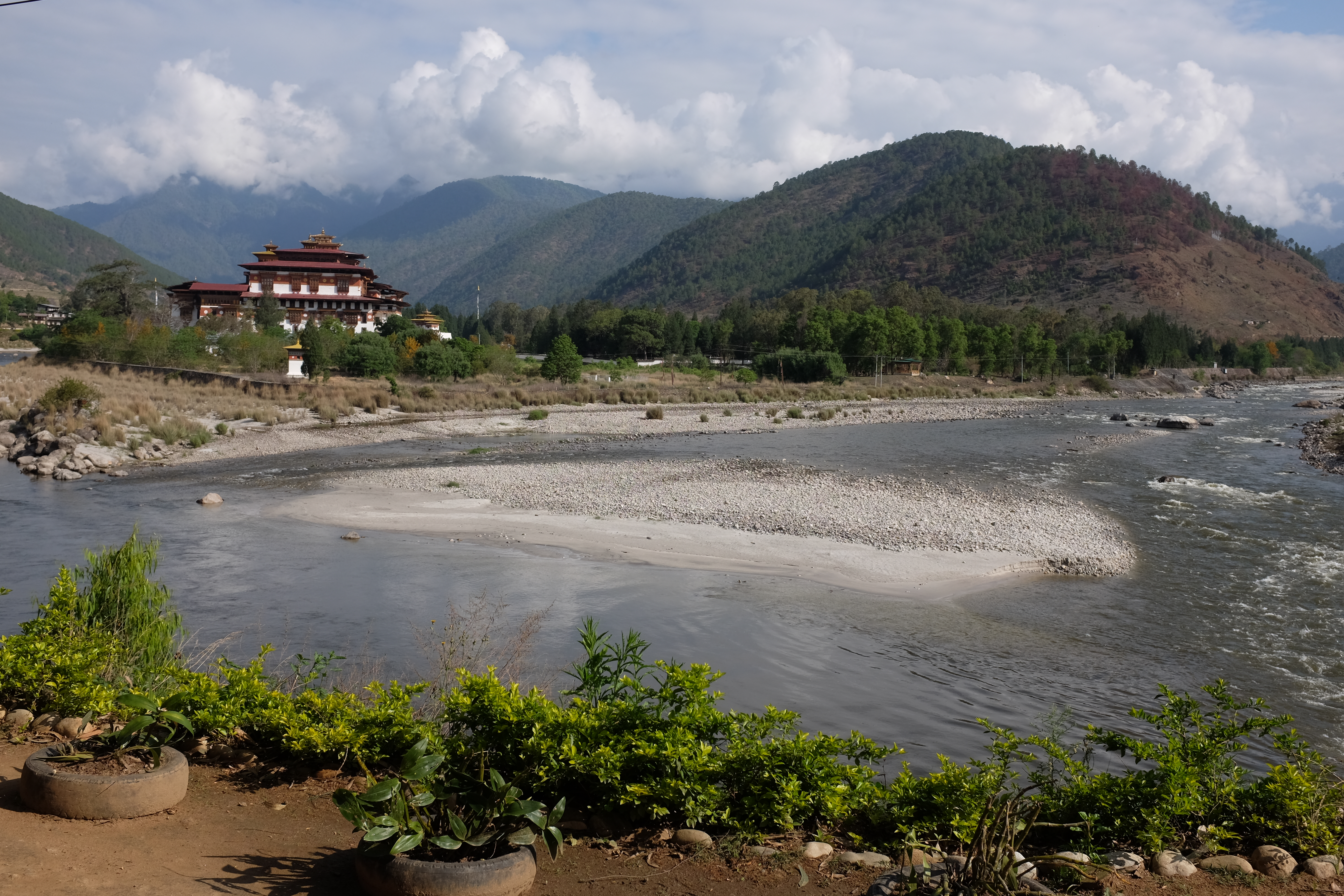
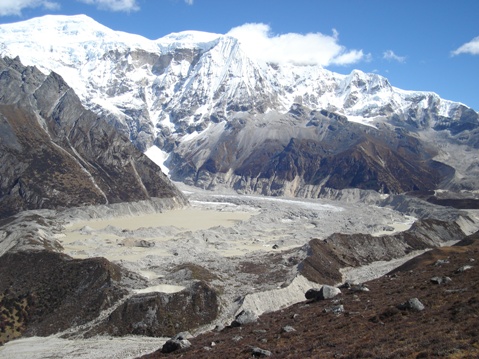
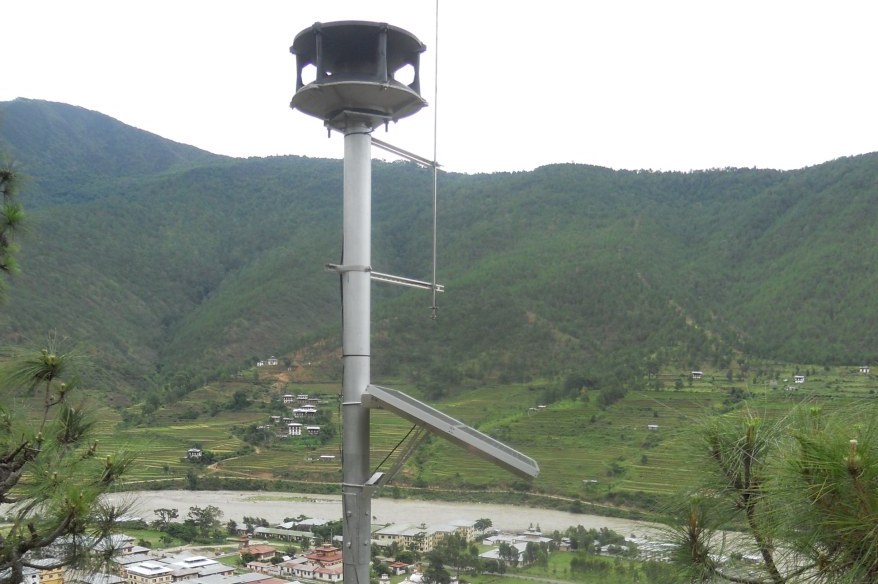
Brochures, Posters, Communications Products
Brochure - ADAPTING TO CLIMATE CHANGE: Implementing Bhutan’s National Adaptation Programme of Action (NAPA) II Project
Assessments and Background Documents
Plans and policies of relevance to NAPs for Least Developed Countries (LDCs)
Bhutan National Adaptation Programme of Action (NAPA) Official Document - May 2006
PIFs
The overarching objective of the project is to increase national, local and community capacity to prepare for and respond to climate-induced multi-hazards to reduce potential losses of human lives, national economic infrastructure, livelihoods and livelihood assets. This objective is fully aligned with the development priorities of the RGoB as set out in Bhutan’s tenth 5-year plan, which is in turn underpinned and guided by the long-term development vision of Gross National Happiness (GNH) and Bhutan 2020: A Vision for Peace, Prosperity and Happiness. Under the four pillars of GNH (i.e. sustainable and equitable socio-economic development; environmental conservation; preservation and promotion of culture; and good governance), the 5-year plan places a strong emphasis, among others, on balanced rural-urban development for poverty alleviation, expansion/maintenance of key economic infrastructure including road infrastructure that connects rural and urban centers, and strengthening of the agricultural sector which continues to employ the majority of Bhutanese and be the backbone of the rural economy.
This project will implement priority interventions addressed in Bhutan's National Adaptation Programme of Actions corresponding to the following objectives, in part or full, as outlined in NAPA profile:
- Disaster management strategy
- Weather forecasting system to serve farmers and agriculture
- Landslide management and flood prevention
- Flood protection of downstream industrial and agricultural area
- Rainwater harvesting
- Promote community-based forest fire management and prevention
Situated on the southern slope of the Eastern Himalayas, Bhutan’s landscape is mountainous and rugged with elevations ranging from 100m in the southern foothills to 7500m towards north. Due to its topography, habitable and arable areas are limited to approximately 8.3% and 2.9%, respectively, of the landmass. Agriculture, which employs 69% of the population and accounts for 78% of monetary income in rural households, and industrial activities are largely practiced in this highly confined space that its topography permits. While Bhutan is in general endowed with abundant water resources from the four major rivers and their tributaries, most of the large rivers are at the bottom of valleys and gorges rendering these rich water resources largely inaccessible for agriculture or domestic use. As a result, irrigation is limited to areas near small perennial streams that exist above main rivers and majority of farmers rely primarily on monsoonal rains, which account for 60-90% of annual precipitation.
Bhutan is one of the most disaster prone countries in the Asia-Pacific region, irrespective of the presence of climate change. The country is exposed to multiple hazards, most prominently flash floods, landslides, windstorms, earthquakes, forest fires, and glacial lake outburst floods (GLOFs). In terms of relative exposure to flood risks (as % of population), Bhutan ranks fourth highest in the region. Although the direct human risks of landslides, windstorms, and forest fires are not particularly higher compared to other countries, the socioeconomic repercussions from these events are thought to be high due to the baseline poverty prevalence.
Climate change is likely to magnify the intensity and frequency of these hazards. In fact, according to the International Disaster Database, among the top 10 natural disasters in Bhutan between 1900 to 2012, in terms of the number of casualties and number affected, all of them occurred in the last two decades (except epidemic outbreaks), which makes certain degree of attribution of climate change to the increasing magnitude of such hazards plausible. The most pronounced consequences of climate change in Bhutan are two folds: disruptions in the monsoonal system and increasing/intensifying trends of extreme hydro-meteorological hazards, both of which are obviously closely linked. These disturbances will amplify the socioeconomic challenges for the Bhutanese society, especially in rural areas where the majority of the population is engaged in rain-fed agriculture and rampant poverty makes them least equipped to adapt to creeping changes in climate.
Monsoon rains generally arrive during the summer months (from late June to late September). Downscaled simulations undertaken in Bhutan’s SNC indicate that the mean annual rainfall will increase by 26-30% by 2069 compared to the baseline year of 1980. This increase occurs primarily during the summer monsoon season while the dry winter season rainfall is projected to decline slightly. In addition, accelerated melting of glaciers, which act as a gigantic natural water retention and dispensing mechanism to communities downstream, is disrupting the hydrological regime of the perennial river systems in the region. All in all, climate change will increase the uncertainty of water availability throughout the year, and rural farmers are likely to have to better manage high fluctuation of rainfalls – increasing volume of monsoonal rain so that they can sustain longer dry periods. This poses significant risks to development when built rural infrastructure to alleviate water shortages, such as communal rainwater harvesting, is minimally available.
Source: UNDP Bhutan Project Identification Form (May 1, 2012)
- Outcome 1: Risks from climate-induced floods and landslides reduced in the economic and industrial hub of Bhutan
- Output 1.1: Protection of Pasakha Industrial area from flooding events through riverbank protection, river training and development of flood buffer zones
- Output 1.2: Slope stabilization to reduce climate-induced landslides in the Phuntsholing Township
- Output 1.3: Integrated risk hazard assessment and mapping completed in 4 critical landslide and flashflood prone areas with data collection standards compatible with the national database
- Outcome 2: Community resilience to climate-induced risks (drought, flood, landslides, windstorms, forest fires) strengthened in at least four Dzongkhags
- Output 2.1: Climate-resilient water harvesting, storage and distribution systems designed, built and rehabilitated in at least four Dzongkhags, based on observed and projected changes in rainfall patterns and intensity
- Output 2.2: Community-level water resource inventory completed and maintained by Dzongkhag administration to increase the adaptive capacity of communities in the face of increasing water scarcity
- Output 2.3: Disaster Management Institutions at various levels established and trained in four Dzongkhags to prepare for, and respond to, more frequent and intense floods, storms and wildfire events
- Outcome 3: Relevant information about climate-related risks and threats shared across community-based organizations and planners in climate-sensitive policy sectors on a timely and reliable basis
- Output 3.1: Enhanced quality, availability and transfer of real-time climate data in all Dzongkhags which experience increasing frequency of extreme hydo-meterological events
- Output 3.2: Increased effectiveness of National Weather and Flood Forecasting and Warning Center through improved capacity to analyze, manage and disseminate climate information in a timely manner
Source: UNDP Bhutan Project Identification Form (May 1, 2012)
Project Start:
- Project Inception Workshop: will be held within the first 2 months of project start with those with assigned roles in the project organization structure, UNDP country office and where appropriate/feasible regional technical policy and programme advisors as well as other stakeholders. The Inception Workshop is crucial to building ownership for the project results and to plan the first year annual work plan.
Daily:
- Day to day monitoring of implementation progress: will be the responsibility of the Project Manager, based on the project's Annual Work Plan and its indicators, with overall guidance from the Project Director. The Project Team will inform the UNDP-CO of any delays or difficulties faced during implementation so that the appropriate support or corrective measures can be adopted in a timely and remedial fashion.
Quarterly:
- Project Progress Reports (PPR): quarterly reports will be assembled based on the information recorded and monitored in the UNDP Enhanced Results Based Management Platform. Risk analysis will be logged and regularly updated in ATLAS.
Annually:
- Annual Project Review/Project Implementation Reports (APR/PIR): This key report is prepared to monitor progress made since project start and in particular for the previous reporting period (30 June to 1 July). The APR/PIR combines both UNDP and GEF reporting requirements.
Periodic Monitoring through Site Visits:
- UNDP CO and the UNDP RCU will conduct visits to project sites based on the agreed schedule in the project's Inception Report/Annual Work Plan to assess first hand project progress. Other members of the Project Board may also join these visits. A Field Visit Report/BTOR will be prepared by the CO and UNDP RCU and will be circulated no less than one month after the visit to the project team and Project Board members.
Mid-Term of Project Cycle:
- Mid-Term Evaluation: will determine progress being made toward the achievement of outcomes and will identify course correction if needed. It will focus on the effectiveness, efficiency and timeliness of project implementation; will highlight issues requiring decisions and actions; and will present initial lessons learned about project design, implementation and management. Findings of this review will be incorporated as recommendations for enhanced implementation during the final half of the project’s term.
End of Project:
- Final Evaluation: will take place three months prior to the final Project Board meeting and will be undertaken in accordance with UNDP and GEF guidance. The final evaluation will focus on the delivery of the project’s results as initially planned (and as corrected after the mid-term evaluation, if any such correction took place). The final evaluation will look at impact and sustainability of results, including the contribution to capacity development and the achievement of global environmental benefits/goals. The Terminal Evaluation should also provide recommendations for follow-up activities.
- Project Terminal Report: This comprehensive report will summarize the results achieved (objectives, outcomes, outputs), lessons learned, problems met and areas where results may not have been achieved. It will also lie out recommendations for any further steps that may need to be taken to ensure sustainability and replicability of the project’s results.
Learning and Knowledge Sharing:
- Results from the project will be disseminated within and beyond the project intervention zone through existing information sharing networks and forums.
- The project will identify and participate, as relevant and appropriate, in scientific, policy-based and/or any other networks, which may be of benefit to project implementation though lessons learned. The project will identify, analyze, and share lessons learned that might be beneficial in the design and implementation of similar future projects.
- Finally, there will be a two-way flow of information between this project and other projects of a similar focus.
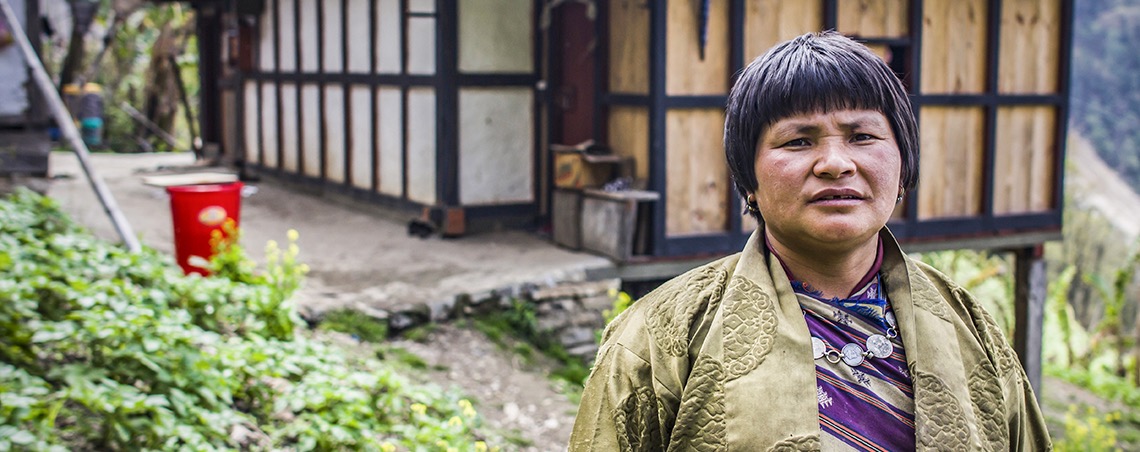
Japan Caribbean Climate Change Partnership
The Japan-Caribbean Climate Change Partnership (J-CCCP) was designed to strengthen the capacity of countries in the Caribbean to invest in climate change mitigation and adaptation technologies in a structured and prioritized manner, guided by their Nationally Appropriate Mitigation Actions (NAMAs) and National Adaptation Plans (NAPs).
Eight Caribbean countries - Belize, Dominica, Grenada, Guyana, Jamaica, Saint Lucia, St Vincent and the Grenadines, and Suriname - were supported in advancing the process of low-emission risk-resilient development by improving energy security and integrating into medium to long-term planning for adaptation to climate change.


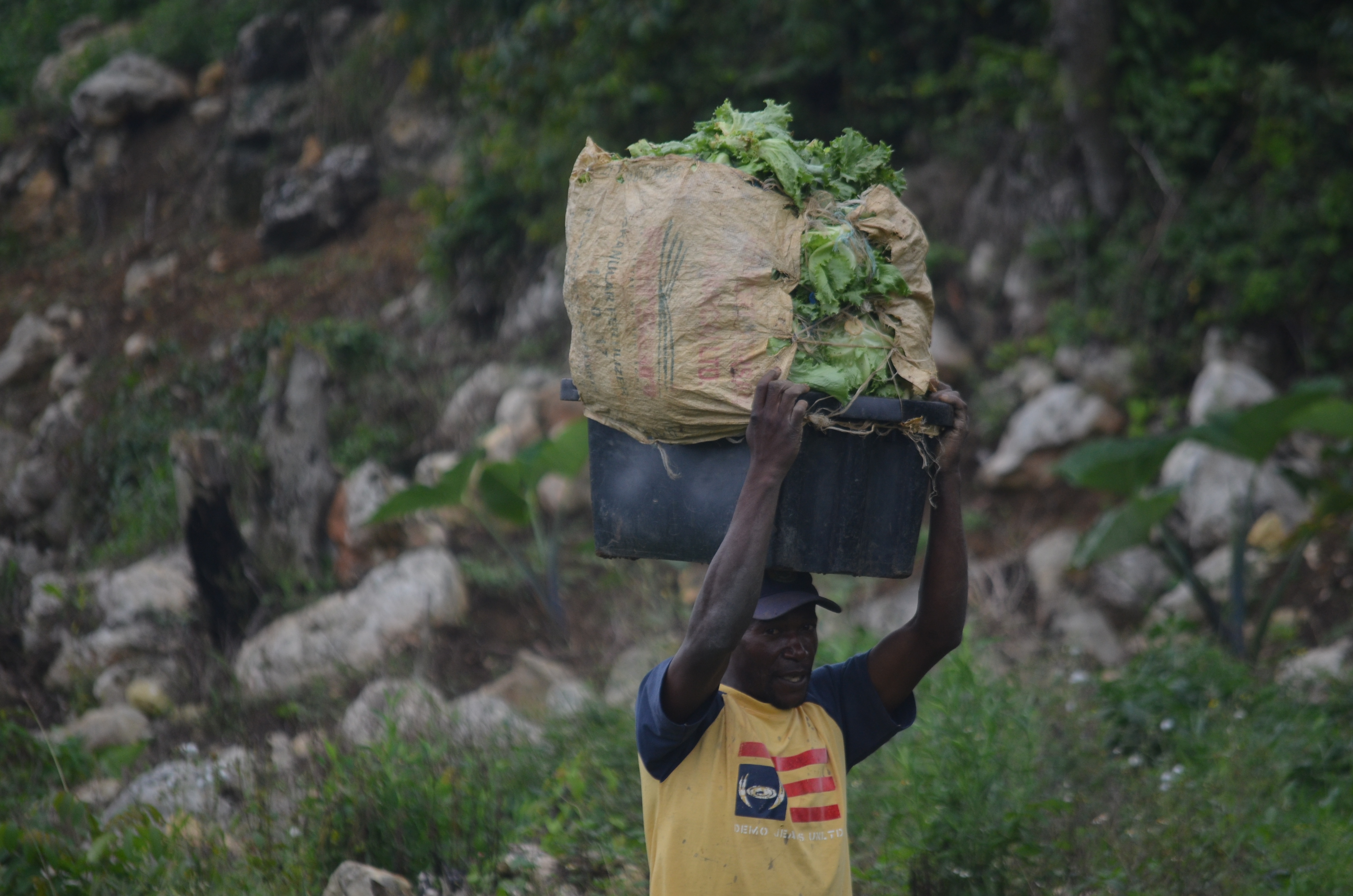
Manual
Climate Change Capacity Building for Media Practitioners Workshop Manual
Reports
Capacity Building for Media Practitioners (Media Training) - Final Report
Potential Study on Producible Bio-gas and Renewable Energy from Biomass and Organic Waste in Belize
Climate Change Knowledge, Attitudes and Practices Study - Suriname, 2016
Climate Change Knowledge, Attitudes and Practices Study - St. Lucia, 2016
Climate Change Knowledge, Attitudes and Practices Study - St. Vincent and the Grenadines, 2017
Climate Change Knowledge, Attitudes and Practices Study - Jamaica, 2016
Climate Change Knowledge, Attitudes and Practices Study - Guyana, 2016
Climate Change Knowledge, Attitudes and Practices Study - Grenada, 2016
Climate Change Knowledge, Attitudes and Practices Study - Dominica, 2016
Climate Change Knowledge, Attitudes and Practices Study - Belize, 2016
Case Study
Case Study - Transfer of Agrotechnology from Japan to the Caribbean
Case Study - Saint Lucia's National Adaptation Plan (NAP)
Quarterly Updates
Training & Tools
Plans and policies of relevance to NAPs for Non-Least Developed Countries (non-LDCs)
Saint Lucia's Sectoral Adaptation Strategy and Action Plan for the Water Sector (Water SASAP) 2018-2028
Monitoring and Evaluation Plan of Saint Lucia's National Adaptation Planning Process
Presentation
RETScreen: Project Evaluation Tool Presentation - SBL Training, Oct. 2017
Tool to Calculate the Emission Factor for an Electric System (Grid Tool) Presentation - SBL Training, Oct. 2017
Clean Development Mechanism (CDM) and Climate Finance Presentation - SBL Training, Oct. 2017
National Adaptation Plan of Saint Vincent and the Grenadines - NAP Assembly, Apr.2018
Supporting Regional Climate Action to CCCCC International Conference Presentation, Oct.2017
Media Training Workshop - Climate Myths and Realities Presentation, Apr.2017
Media Training Workshop - Digital Tools for Storytelling Presentation, Apr.2017
Media Training Workshop - Getting Climate Change on the Front Page Presentation, Apr.2017
Media Training Workshop - Climate Change and the Caribbean Presentation, Apr.2017
NAP Stakeholder Consultation (Suriname) - Institutional and Organization Considerations for a National Climate Institute Presentation, Mar.2017
NAP Stakeholder Consultation (Suriname) - NAP Process and Gap Assessment Presentation, Mar.2017
NAP Stakeholder Consultation (Suriname) - University of Suriname Climate Change Institute Presentation, Mar.2017
NAP Stakeholder Consultation (Suriname) - NIMOS Climate Change Institute Presentation, Mar.2017
NAMA Stakeholder Consultation (St. Lucia) - Green Schools NAMA Presentation, Feb.2017
Training seminar of Climate Mitigation Actions (Belize) - Modernizing the Transport Sector Stakeholder Presentation, Sep.2016
Training seminar of Climate Mitigation Action (Guyana) - Guyana's Office of Climate Change - NDCs Presentation, Sep.2016
Training seminar of Climate Mitigation Action (Guyana) - Forest NAMA Stakeholder Presentation, Sep.2016
Training seminar of Climate Mitigation Action (Guyana) - Guyana Energy Agency Existing Initiatives Presentation, Sep.2016
Training seminar of Climate Mitigation Action - UNDP LECB - NAMAs as Vehicles to Implement NDCs Presentation, Jun.2016
Training seminar of Climate Mitigation Action - UNFCCC - the Paris Agreement Presentation, Jun.2016
Training seminar of Climate Mitigation Action (Suriname) (Dutch) - Government of Suriname - INDCs Presentation, Jun.2016
Training seminar of Climate Mitigation Action (Suriname) - Government of Suriname - A Carbon Zero Future Presentation, Jun.2016
Training seminar of Climate Mitigation Action (St. Lucia) - Government of St. Lucia - St. Lucia's Nationally Determined Contribution Presentation, Jun.2016
Training seminar for Climate Mitigation Action (St.Lucia) - Government of St. Lucia - National Context for Mitigation Action Presentation, Jun.2016
Training seminar for Climate Mitigation Action (St.Lucia) - Government of St. Lucia - NAMA for Transport Presentation, Jun.2016
Training seminar of Climate Mitigation Action (St.Lucia) - Government of St. Lucia - NAMA for Energy Presentation, Jun.2016
Training seminar of Climate Mitigation Action (Grenada)-Government of Grenada- Energy Conservation and Energy Efficient Projects Presentation, Jun.2016
J-CCCP Inception Workshop - UNDP RBLAC Presentation on Regional Project Management
J-CCCP Inception Workshop- Presentation on Monitoring and Evaluation
J-CCCP Inception Workshop- Communications Associate Presentation (Outcome 3)
J-CCCP Inception Workshop- Technical Specialist Presentation (Outcome 1)
J-CCCP Inception Workshop- Technical Specialist Presentation (Outcome 2)
J-CCCP Inception Workshop - Meister Consultants Group Presentation
Assessments and Background Documents
Project Brief / Fact Sheet
Suriname - Climate Resilient Access to Drinking Water for the Maroon Community Pilot Project
Suriname - Encouraging the Early Warning System and Disaster Response Mechanism Pilot Project
Suriname - Encouraging Children's Homes to Grow Crops and Fish for Food Security and Resilience Pilot Project
Suriname - Education on Simple Sustainable Agriculture Methods at Selected Primary Schools Pilot Project
Suriname - Enhancing Access to Drinking Water for the Maroon Community Pilot Project
Suriname - Women Empowerment & Renewable Solar Energy Pilot Project
Guyana - Improved Access to Water in Drought-Prone Rural Communities Pilot Project
Guyana - Solar-Photovoltaic (PV) Systems and Energy Efficient Streetlights in Bartica Pilot Project
Dominica - Alternate Water Harvesting and Storage Pilot Project
Dominica - Promoting Climate Smart Agriculture Pilot Project
Dominica - Improving Seasonality and Diversity of Vegetable Production Pilot Project
Dominica - Enhancement of the Morne Rachette Emergency Centre Pilot Project
St. Lucia - Building Resilience of the Honey Sector Pilot Project
St. Lucia - Promoting Aquaponics as a Farming Approach Pilot Project
Grenada - Community Cistern Refurbishment Pilot Project
Grenada - Climate Change and Weather Variations Pilot Project
Belize - Sustainable Agriculture in Climate Smart Landscapes Pilot Project
Jamaica - Water Harvesting Infrastructure in Clarendon Pilot Project
Jamaica - Climate Resilient Technologies in Rural Farming Communities Pilot Project
St. Vincent and the Grenadines - Building Resilience in the Co-operative Sector Pilot Project
St. Vincent and the Grenadines - Slope Stabilization and Road Improvement Pilot Project
St. Vincent and the Grenadines - Increasing Water Storage Capacity on Mayreau Pilot Project
St. Vincent and the Grenadines - Strengthening Community Resilience Pilot Project
St. Vincent and the Grenadines - Sustainable Model Garden Pilot Project
St. Vincent and the Grenadines - Climate Change Adaptation Project for Livestock Production Pilot Project
St. Vincent and the Grenadines - Promoting the Adoption of Climate Smart Agriculture Practices among Small-Scale Producers Pilot Project
St. Vincent and the Grenadines - Irrigation Capacity Improvement to Improve Climate Resilience among Small Farmers Pilot Project
Japan-Caribbean Climate Change Partnership Project Brief
Communications Products
'Beat the Clock' Campaign Poster - Ten years from now... (Grenada)
'Beat the Clock' Campaign Poster - The time to act is now (Grenada)
'Beat the Clock' Campaign Poster - We were here (Grenada)
'Beat the Clock' Campaign Poster - This is one change we can't afford (Grenada)
'Beat the Clock' Campaign Poster - 10 years from now... (Dominica)
'Beat the Clock' Campaign Poster - The time to act is now (Dominica)
'Beat the Clock' Campaign Poster - We were here (Dominica)
'Beat the Clock' Campaign Poster - This is one change we can't afford (Dominica)
ProDocs
Japan-Caribbean Climate Change Partnership Project Document
|
|
Please also view the Project's Mid-term Evaluation Report.
Over the course of three days, J-CCCP mounted a multi-media gallery to showcase the impact of J-CCCP's work over the project lifetime. The day prior, the project visited J-CCCP pilot projects in Saint Lucia where technology or knowledge from Japan has been transfered.
Agricultural Knowledge-sharing Event
J-CCCP invited farmers, agricultural practitioners, regional agencies and NGOs who work in agriculture to join nature farming and research experts from Japan to knowledge share. This event builds on the 19 agriculture-focused pilot projects implemented by J-CCCP and the study tour to Japan, completed in 2018.
UNDP's J-CCCP is supporting the attendance of 11 youth who have played key roles in advancing climate action in the region. Their participation builds on the 2017 Youth Climate Change Conference. Now, many of these youth have come together to create a NGO - Youth Climate Change Activists where they actively advocate for increased action among peers and decision makers.
Over thirty representatives from nine Caribbean countries met in Kingstown, St. Vincent and the Grenadines to better position themselves to access funding for climate change mitigation.
NAP Workshops in Belize and Guyana
Stakeholders, government representatives and development partners recently gathered to take Belize and Guyana one step closer to the finalization of their National Adaptation Plans (NAPs).
NAP Donor Symposium and Peer Learning
Representatives of the Governments of Saint Lucia and St. Vincent and the Grenadines gathered at UN House in Barbados to present their National Adaption Plans (NAPs) and priorities to members of the donor community who are active in the Caribbean. The following day, they were joined by colleagues from Jamaica and Grenada where they had the opportunity to share ideas, experiences and lessons learned surrounding their NAP process.
More than 100 climate scientists, researchers and negotiators from across the Caribbean and the world gathered at the Hilton Hotel in Port-of-Spain, Trinidad from October 9 to 12, 2017, to highlight the region’s climate change adaptation successes at the Caribbean Community Climate Change Centre (CCCCC) International Conference on Climate Change for the Caribbean.
Youth Climate Change Conference 2017
Caribbean and Japanese youth have put forward their recommendations for climate-smart actions for the region following two days of intense dialogue between October 10-11, 2017 at the third staging of the Youth Climate Change Conference at the Jamaica Conference Centre.
National Adaptation Plan Workshop for Latin America and the Caribbean
Representatives from twenty-six countries in the Latin America and Caribbean countries attended the regional workshop on national adaptation plans (NAPs), held in San Jose, Costa Rica, from 4 to 7 September, 2017.
Capacity Development for Media Practitioners
J-CCCP provided climate change training to more than 30 journalists from across the region. The two-day training seminar enabled media practitioners to learn and share best practices on climate change issues including, climate change science, economics and policy as well as the role of media entities in communicating on climate change.
Consultation for the Development of a Transportation NAMA in St. Vincent and the Grenadines
As St. Vincent and the Grenadines pursues the development of a Nationally Appropriate Mitigation Action (NAMA) in the transportation sector, stakeholders gathered to consult on the process.
Presentation of KAP Study Results and Campaign Brainstorming in St. Vincent and the Grenadines
Stakeholders, some of whom took part in data collection for the study, gathered to hear the results of a knowledge, attitudes and practices study conducted in St. Vincent and the Grenadines in December, 2016. Participants also assisted with the development of campaign approaches and committed to supporting campaign implementation.
Development of Belize's National Communication Strategy for Climate Change
J-CCCP supported the National Climate Change Office of Belize in the development of a national communications plan for climate change. This support was in the form of a workshop where stakeholders from key sectors across the country fed into the development of the plan.
Caribbean Climate Change Coordination Seminar
In April 2016, representatives from regional organisations gathered in St. Lucia to map synergies and actions between development partners and the Project relating to NAPs, NAMAs and knowledge management and communications. Organisations in attendance included: CARDI, CARICOM, CEDMA, CCCCC, CYEN, CIMH, CARPHA, and PANOS, among others. For NAP and NAMA development and pilot projects, organisations were asked to identify stages at which each organisation may be able to lend support based on their expertise, the specific nature of the assistance and how additional funding could be leveraged. Participants also contributed to plans under outcome 3, including policy events, study tours and campaigns and noted that the exercise was useful in order to break a trend of working in silos.-NAMA training
Training Seminar on the Development and Implementation of Climate Mitigation Actions
J-CCCP partnered with the United Nations Framework Convention on Climate Change Regional Collaboration Centre (UNFCCC RCC), the UNDP Low Emission Capacity Building (LECB) Programme and local Ministries in the months of June and September to conduct two-day training seminars in Belize, Grenada, Guyana, St. Lucia, St. Vincent and the Grenadines and Suriname. The seminars were designed to support the development of climate mitigation actions, including Nationally Appropriate Mitigation Actions (NAMAs). Approximately two hundred persons were trained in total.
National Adaptation Plans Regional Workshop for the Caribbean
Representatives from 10 Caribbean countries, including J-CCCP’s 8 beneficiary countries, met in Grenada’s capital of St. Georges to discuss strategies to prepare for the impact of climate change. Following Grenada’s final consultation on its National Adaptation Plan (NAP), they were able to share lessons from their experience of national adaptation planning, including some key topics such as political buy-in, coordination, integration of the sectoral plan, climate finance with peers through this two-day event. The NAP Assembly was co-hosted by Grenada’s Ministry of Education, Human Resource Development and the Environment; the UNDP Japan-Caribbean Climate Change Partnership (J-CCCP); and the NAP Global Network.
National Communication Strategy Development Workshop - Belize
J-CCCP supported the National Climate Change Office of Belize in the development of a country-wide communications strategy. This workshop saw Communications Professionals from Belizean Ministries, CBOs, NGOs and the media gather to have inputs into the strategy. The Project will focus its efforts on implementing the initial stage of the strategy with support from other local stakeholders.
Project Wrap-Up
Belize & Guyana Initiate NAP Process
J-CCCP Pilot Project Launched in The Grenadines
J-CCCP Partners with the Belize National Climate Change Office to Launch Feel the Change Campaign
J-CCCP Supports Study on Biogas and Renewable Energy from Biomass and Organic Waste in Belize
November, 2016
J-CCCP Supports COP 21 & 22 Panel Discussion at the Caribbean Renewable Energy Forum 2016
June, 2016
UNDP and UNFCCC Initiates Training Seminars for Climate Mitigation Actions in the Caribbean
January, 2016
Japan and UNDP kick start US$15 million Caribbean Climate Change Project

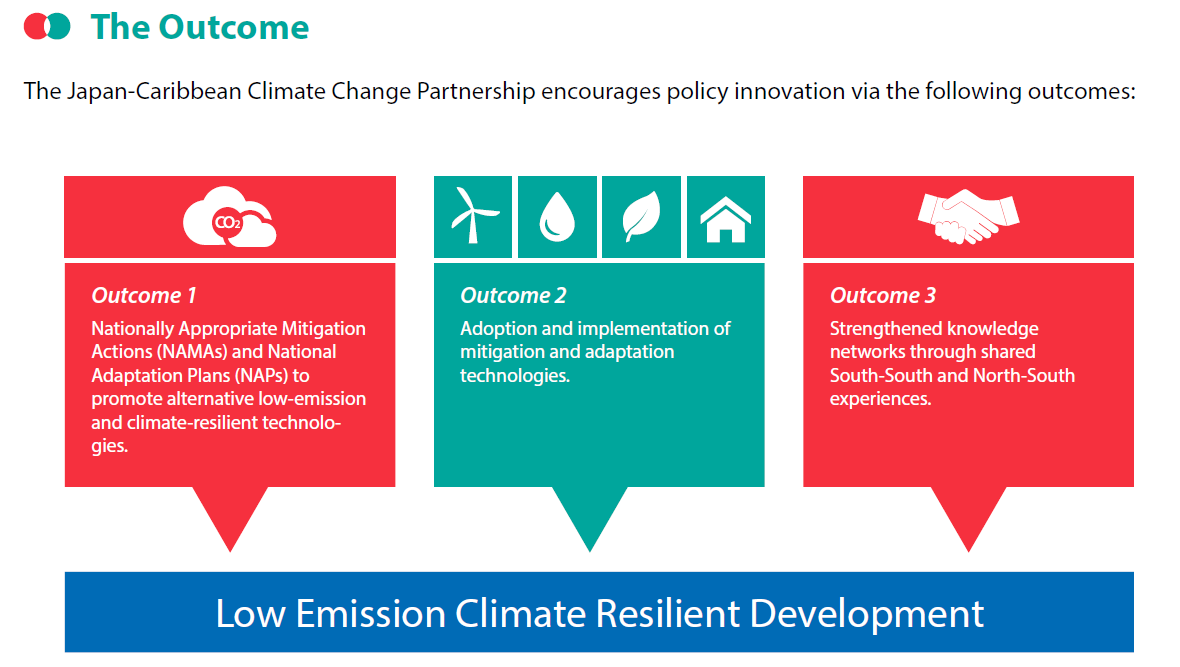
Mountain Ecosystem-based Adaptation in Nepal
The Harpan Watershed, Panchase in Nepal lies in the mid-hills of Nepal and consists of valleys, hills and the high mountains of the Himalayas. The economy of the Panchase is largely subsistence, based on crop production and livestock. There is high climatic variation due to changes in altitude and an average rainfall of 3, 355mm. The selected project site, the Harpan watershed, is about 15 km² with sub-tropical to temperate climate. There are about 900 households with a population of 4,598.
Through the global Ecosystems-based Adaptation (EbA) in Mountains Programme, UNDP, UNEP and IUCN, with funding from the German Government (BMUB), used sustainable management, conservation and restoration of ecosystems, as part of an overall EbA adaptation strategy, to reduce the vulnerability and enhance the resilience of select fragile mountain ecosystems and their local communities to climate change impacts.
For more information visit the Global Ecosystems Based Adaptation in Mountains Programme profile, or the EbA Flagship.
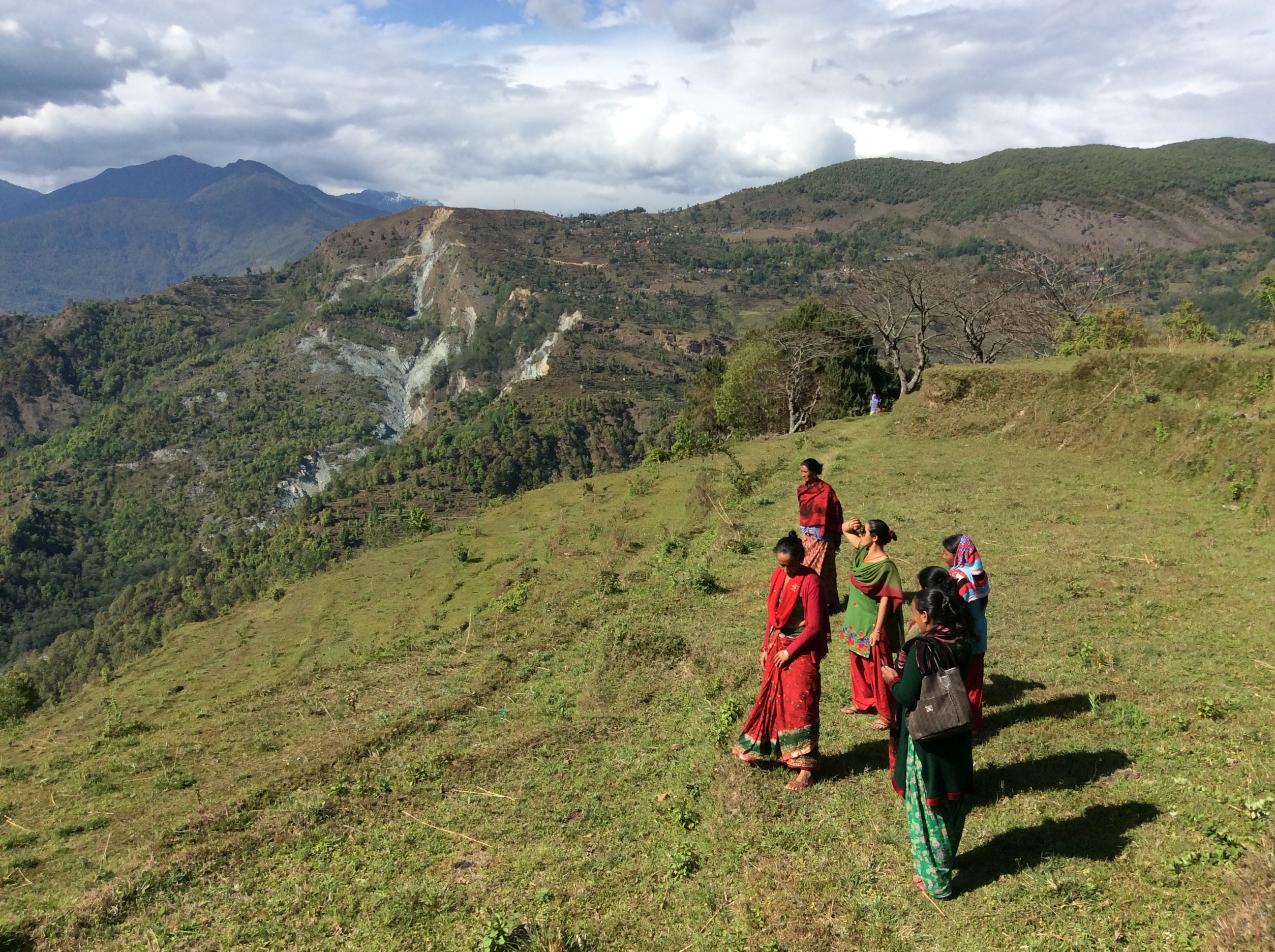
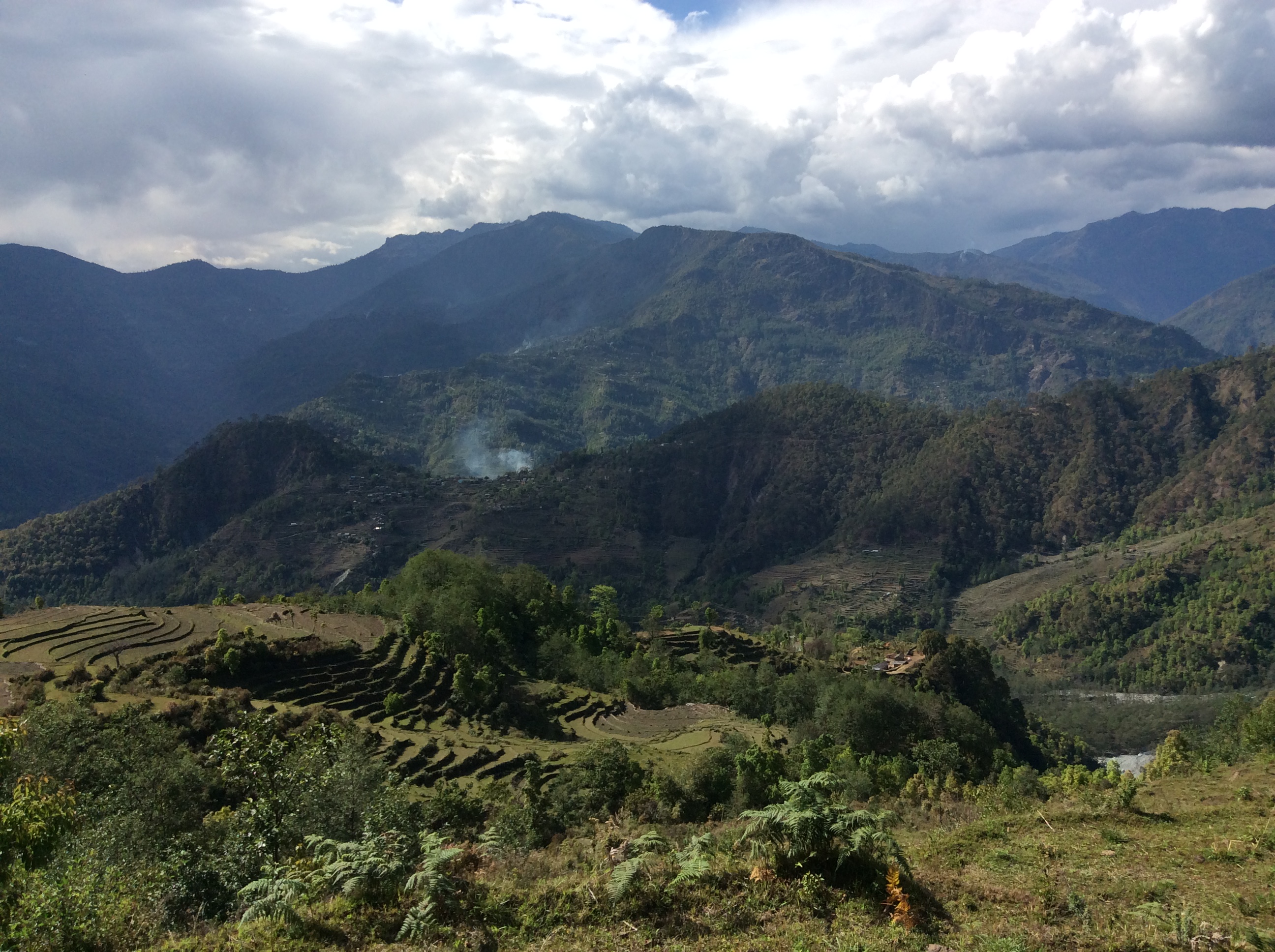
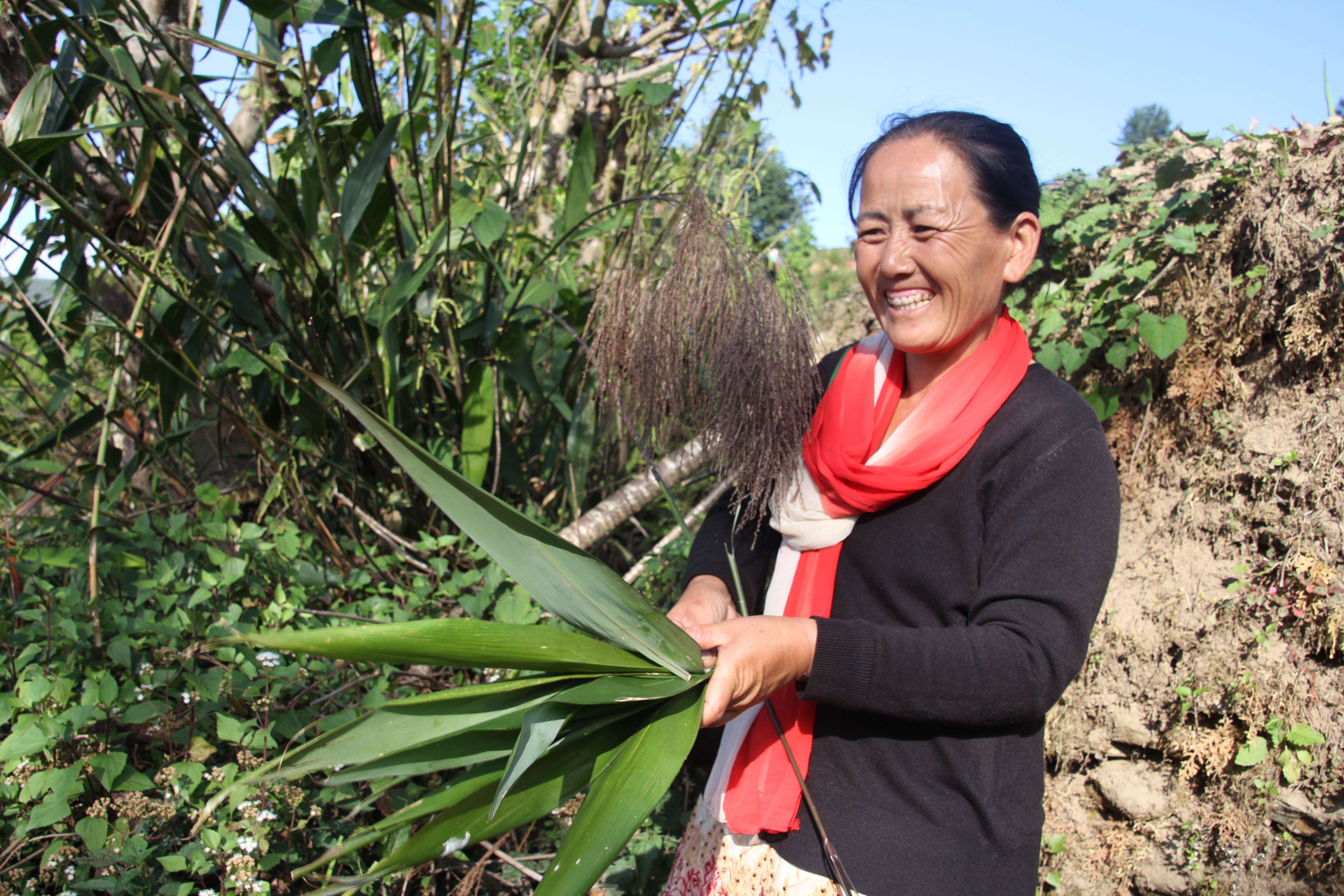
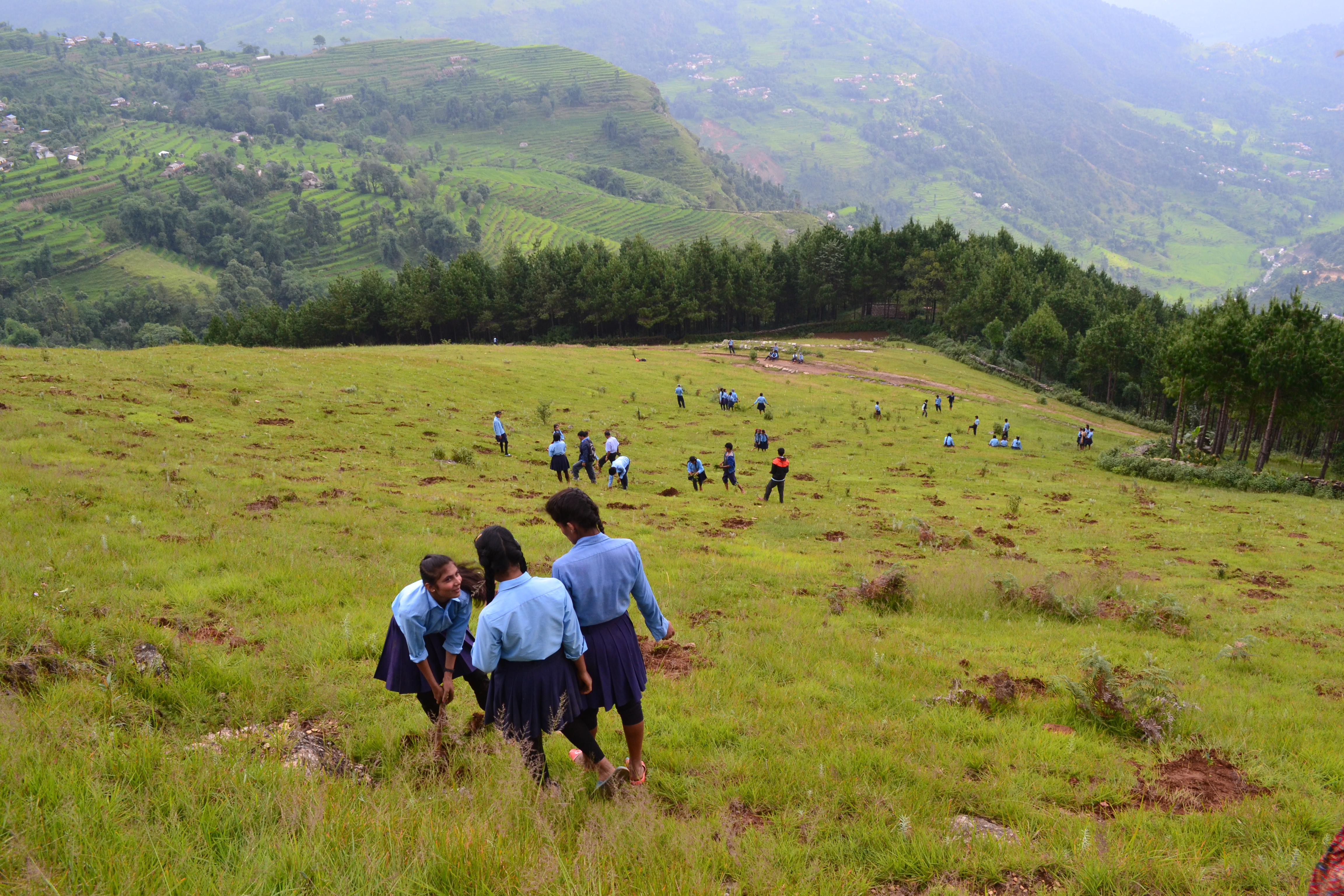
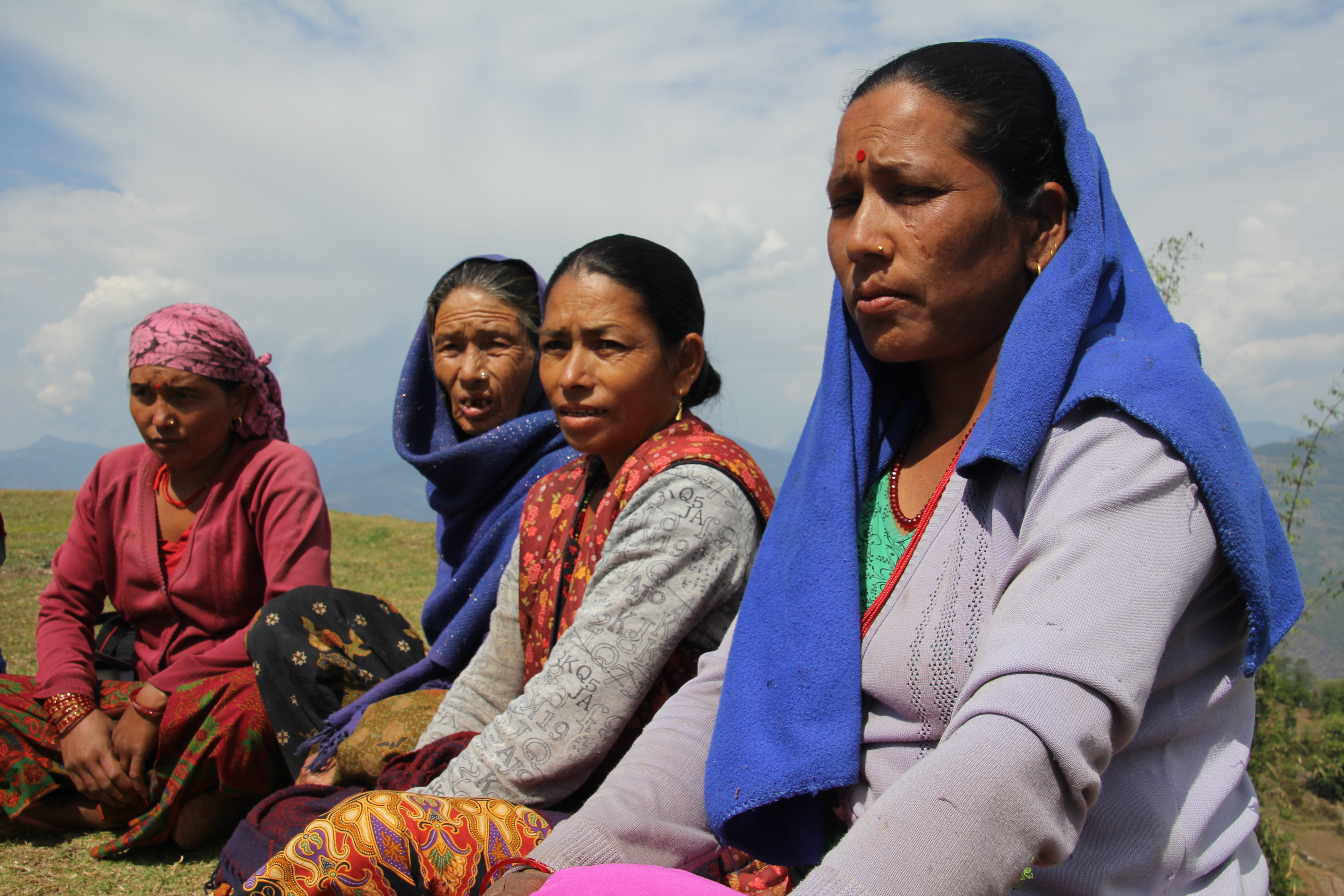
Assessments and Background Documents
Mt EbA Nepal Vulnerability & Impact Assessment of Panchase Region (2015)
Min of Forests and Soil Cons & UNDP Nepal (2014) Mt EbA Baseline & Socio-Econ Survey
Relevant Peer-Reviewed Articles
EbA planning in the Panchase Mountain Ecological Region (2015)
Brochures, Posters, Communications Products
BROCHURE NEPAL Mt EbA Programme 2 (Min of Forests and Soil Cons & UNDP Nepal)
BROCHURE Ecosystem Services (Min of Forests and Soil Cons & UNDP Nepal Mt EbA)
BROCHURE NEPAL Mt EbA Programme (Min of Forests and Soil Cons & UNDP Nepal)
BROCHURE EbA Concept (Min of Forests and Soil Cons & UNDP Nepal Mt EbA)
Project Brief / Fact Sheet
FACT SHEET - Nepal Mt EbA Programme (Min of Forests and Soil Cons & UNDP Nepal)
Case Study
Min of Forests and Soil Cons & UNDP Nepal (2013) - Timur Value Chain Study
Min of Forests and Soil Cons & UNDP Nepal (2013) - Orchid Value Chain Study
Min of Forests and Soil Cons & UNDP Nepal (2013) - Kurilo Value Chain Study
Min of Forests and Soil Cons & UNDP Nepal (2013) - Chiraito Value Chain Study
Min of Forests and Soil Cons & UNDP Nepal (2013) - Allo Value Chain Study
ProDocs
The Nepal Pilot Project of the global Ecosystem-based Adaptation in Mountains Programme aims to enhance capacity of local communities, demonstrate EbA measures for continued provision of ecosystem services, and support in strengthening the institutional capacity of key national Nepalese actors to build and better integrate ecosystem resilience options in national, sub-national and local level plans.
It is working to specifically support 4 outcomes:
- Development of methodologies and tools for EbA decision-making in mountain ecosystems;
- Application of EbA tools and methodologies at the ecosystem level;
- Implementation of EbA pilot initiatives at the ecosystem level; and
- Development of a business case for EbA at the national level.
In Nepal, the Project is implemented by the Department of Forests (DoF) under the Ministry of Forests and Soil Conservation (MoFSC) and is coordinated by the Ministry of Science, Technology and Environment (MoSTE). Similarly, there are three implementing agencies: UNEP, UNDP and IUCN. EbA initiatives are concentrated in 17 VDCs (Village Development Committees) of the ‘Panchase’ region and covers three districts – Kaski, Syangja and Parbat.
Some key accomplishments for the project include:
- The project has prioritized 3 important sub-watersheds – Rati, Saradi and Harpan - and focused on different interventions such as ecosystem restoration, water conservation, land rehabilitation, livelihood diversification and capacity enhancement of government agencies and local communities.
- Practices, like water source conservation and construction of conservation ponds, have been initiated in the pilot sites to address water scarcity issues, since the water sector is significantly affected by climate change in Nepal. These initiatives have helped reduce drudgery in fetching water required for dominant rural livelihood practices, i.e. subsistence agriculture and livestock rearing.
- Out-migration in Panchase has resulted in an increasing amount of abandoned and barren land. The Project has hence carried out plantation initiatives of endemic multi–use species to protect these lands from further degradation and also complement the needs of rural people for fuel wood and fodder. Additionally, the Project has supported nursery establishment in the region to provide easy access to seedlings species for plantations by the locals. Likewise, land degradation resulting from unplanned rural road construction has been addressed by roadside greenery promotion and roadside rehabilitation, using engineered structures such as ‘gabion cages’ that are supplemented by plantations. Similarly, several landslide and gully control initiatives have also been carried out in the project pilot sites.
- Rangeland management has been done by building compound walls to halt over-grazing activities of the livestock and protect the grassland ecosystem from further degradation. The Project has also distributed fodder species to reduce the pressure on the open degraded land.
- Several river bank conservation initiatives with application of grey-green measures, i.e. engineered structures coupled with bamboo plantation, have been carried out to protect agricultural lands in the river banks to reduce deposition of sediment downstream.
- The Harpan Sub-watershed is an important feeder to the nationally important Phewa Lake, which today suffers from massive deposition of silt. The Project has, therefore, carried out a comprehensive study on the siltation process of Harpan Khola and subsequently proposed construction of ecosystem-based siltation control techniques and a siltation dam in the Harpan River.
- The EbA concept has now been mainstreamed in Bachelors of Science (BSc) degree syllabus of the Tribhuvan University, Central Department of Environmental Science (CDES). Similarly, to reduce the research gap, EbA has provided research grants to the students of Tribhuvan University to undertake research work in the EbA site to investigate the effectiveness of EbA options.
- The Project broadcasted radio programs named ‘Panchase ko Serofero’ through Radio barahi-99.2, Radio saligram-100.6 and Syangja FM-89.6, respectively, from Kaski, Parbat and Syangja to increase local level awareness on ecosystems and EbA.
Some policy-related accomplishments include:
- Led by UNDP, the Nepal project has been engaged in the process of establishing the newly formed High-Level Technical Committee on EbA to be led by the Ministry of Forests and Soil Conservation. The main role of the Committee is to coordinate and mainstream ecosystem-based approaches to climate change adaptation into different sectoral plans and programmes. The Committee includes representatives from various Ministries, such as National Planning Commission, Ministry of Forests and Soil Conservation, Ministry of Science, Technology and the Environment, Ministry of Agriculture and Ministry of Federal Affairs and Local Development. The first meeting of the Committee was scheduled for last week of September.
- The results of the Cost-benefit analysis carried out by the Nepal project, led by UNDP, will be presented in a high-level event, organized jointly with the High-level Technical Committee, in October.
- The new Forest Policy (2015) has climate change as one of seven thematic areas and includes EbA as one of the approaches put forward for adaptation. The project, led by UNDP, is involved in a working group developing a 5-yr action plan for the delivery of the climate change area of this Policy in all 75 Districts of Nepal. The project is providing direct technical input into how this key national policy will be implemented in practice with regards to climate change and making the case for integrating EbA measures into its delivery.
- The Nepal project, led by UNDP, has provided technical and financial support to produce draft Guidelines on Protected Forests, which provide regulations and directives on managing Protected Forests and are in the process of being endorsed by Government. The proposed Guidelines incorporate EbA and provide the opportunity for integrating EbA into the national Protection Forest management plans and programmes.
Mountain Ecosystem-based Adaptation in Uganda
Mount Elgon landscape in Uganda is the seventh highest mountain in Africa, a major catchment area and straddles the border between Kenya and Uganda. The climate is cool with a mean annual rainfall of 1,270 mm. The population of Mount Elgon is almost entirely rural and dependent on subsistence agriculture, with approximately 564,000 people living in the 4 districts which make up the project site. The region is home to Mt Elgon National Park and is of great conservation value, but high population density means that agriculture is spreading rapidly.
Through the global Ecosystems-based Adaptation (EbA) in Mountains Programme, UNDP, UNEP and IUCN, with funding from the German Government (BMUB), are using sustainable management, conservation and restoration of ecosystems, as part of an overall EbA adaptation strategy, to reduce the vulnerability and enhance the resilience of select fragile mountain ecosystems and their local communities to climate change impacts. The promoted EbA measures carefully take into account anticipated climate change impacts trends to ensure a forward-looking process.
For more information visit the Global Ecosystems Based Adaptation in Mountains Programme profile, or the EbA Flagship website.

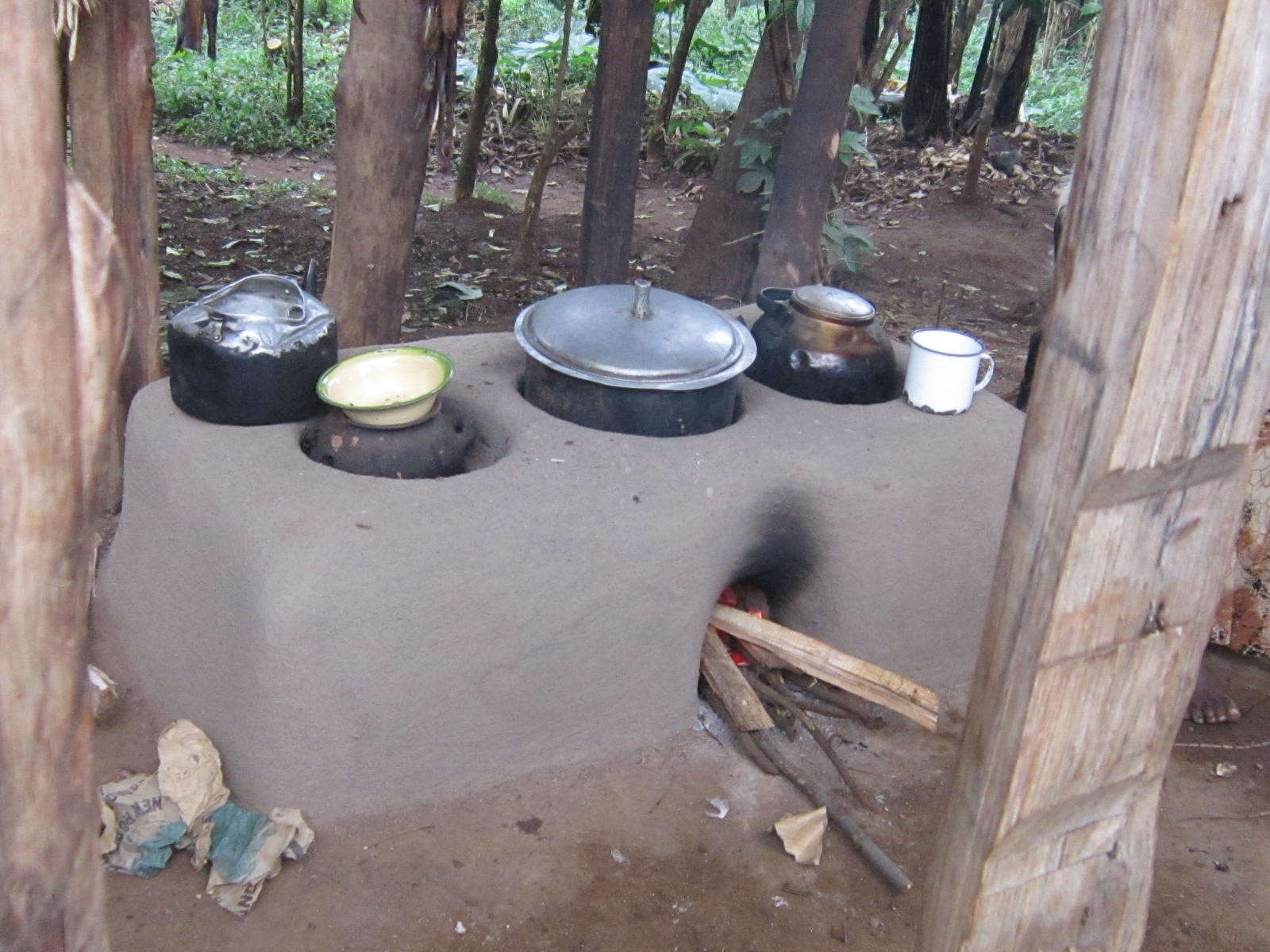


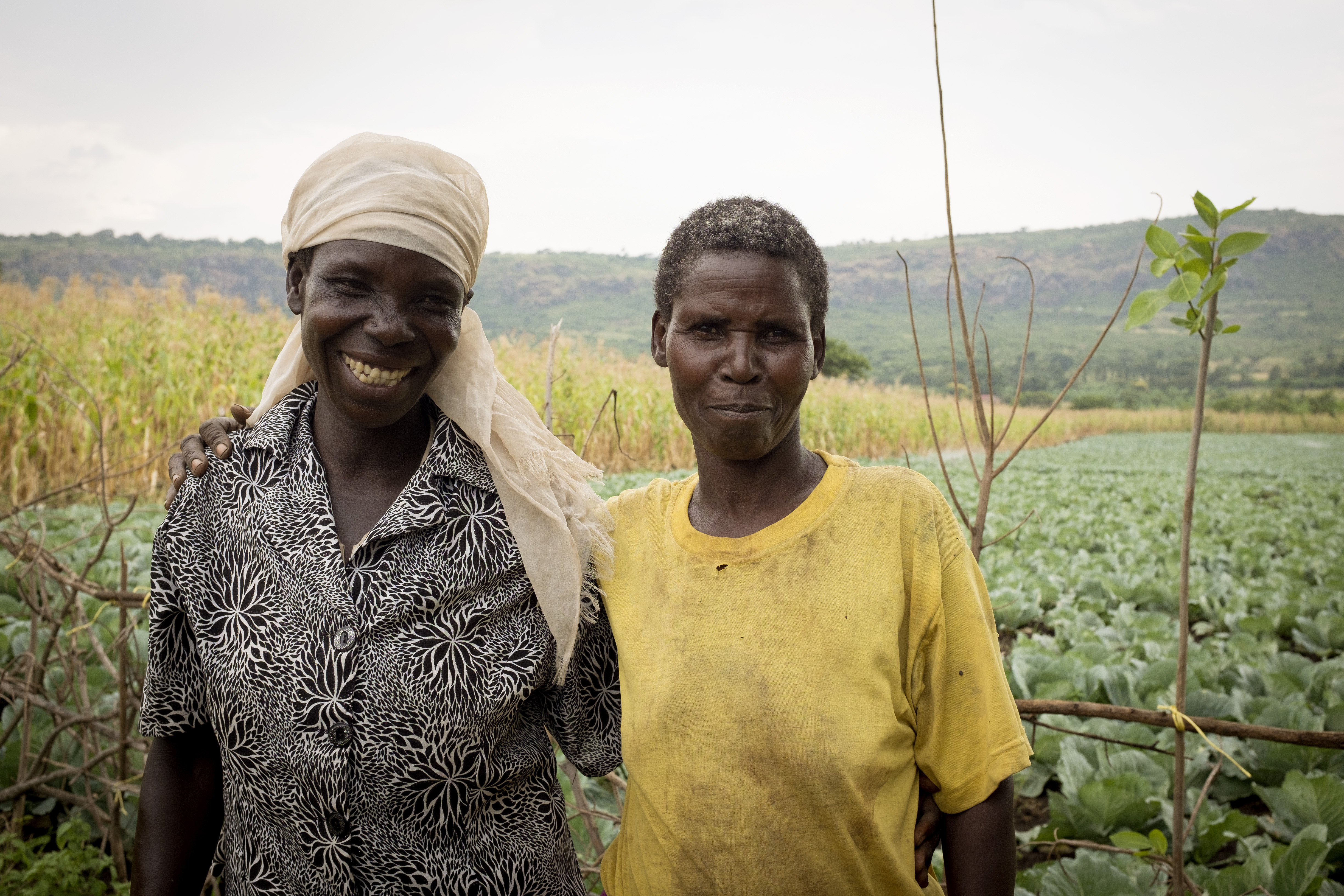
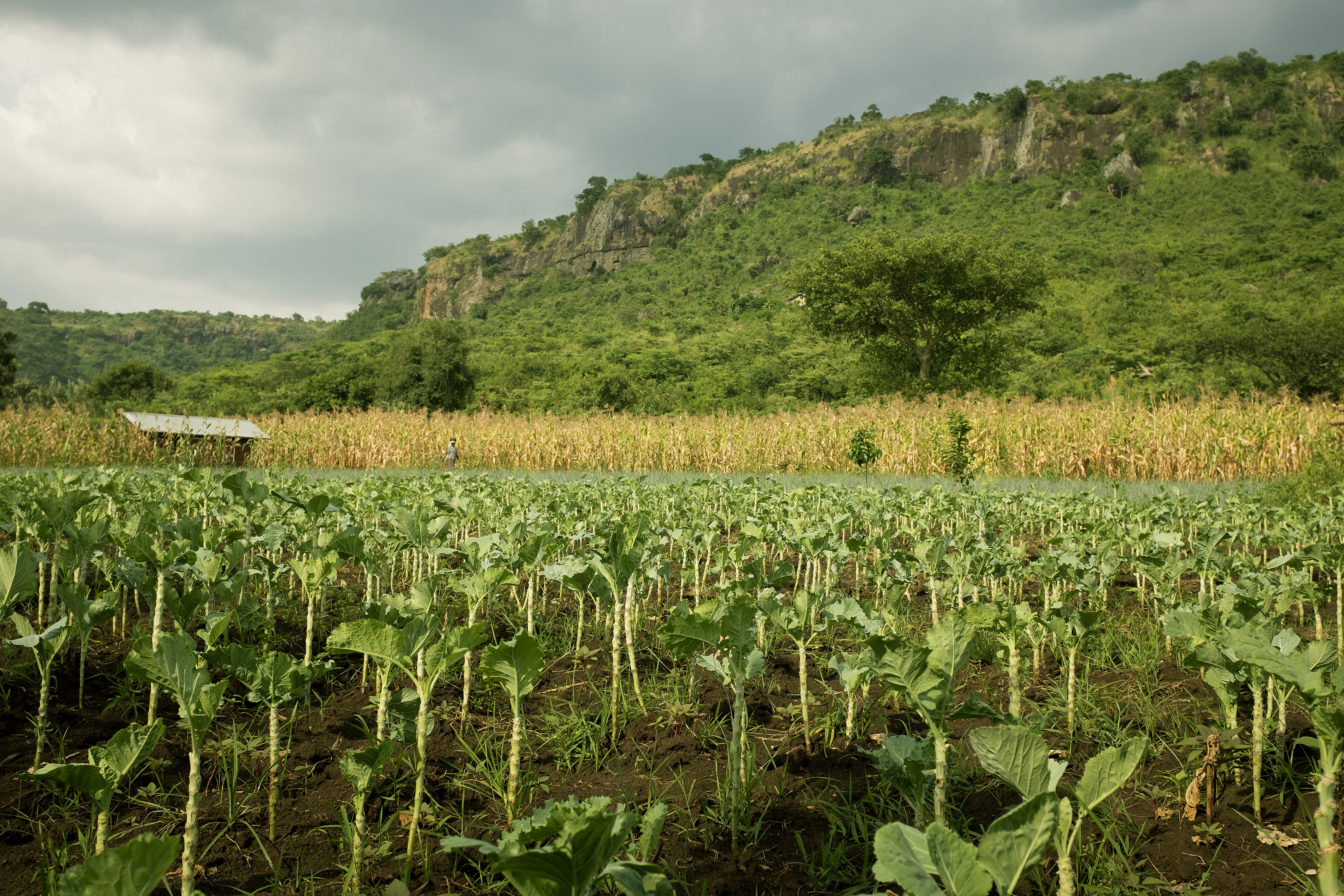
Assessments and Background Documents
UNDP Uganda+UNEP+UNEP-WCMC (2013) Uganda VIA Report POPULAR VS
Min of Water and Envir & UNDP (2012) VIA Capacity Assessment for EbA in Mt Elgon
Min of Water and Envir & UNDP (2012) Baseline info for EbA in Mt Elgon Ecosystem Project Strategy
Brochures, Posters, Communications Products
Min of Water and Envir & UNDP (2014) BROCHURE Uganda Mt EbA pilot project
Communications Products
Min of Water and Envir & UNDP (2014) Uganda Mt EbA Communications Strategy
Training & Tools
Min of Water and Envir & UNDP (2015) Training Manual - Mainstreaming EbA into policy & financing frameworks
Min of Water and Envir & UNDP (2015) Manual for implementing EbA in Mt Elgon Ecosystem of Uganda
Reports and Publications by country teams
Min of Water and Envir & UNDP (2015) Public Policy & Financing Framework for EbA in Mt Elgon POPULAR VS
Min of Water and Envir & UNDP (2015) Public Policy & Financing Framework for EbA in Mt Elgon
UNDP Uganda: Ecosystem Based Adaptation in Uganda
This documentary highlights the need for mainstreaming ecosystem-based adaptation strategies into national policies to ensure that actions against climate change is planned for. It puts a strong emphasis on the importance of Government funding such measures into the future through core budgets.
The objective of this Uganda pilot project under the global Mountain EbA Programme is to reduce the vulnerability of Uganda to climate change impacts through piloting Ecosystem-based Adaptation options with particular emphasis on mountain ecosystems in the Mt Elgon region.
It is working to specifically support 4 outputs:
- The development of decision-making tools for ecosystem-based adaptation for assessing ecosystem resilience,
- Field testing the tools in the pilot countries,
- Making investments in and building capacity for EbA at select demonstration sites, and
- Establishing the economic benefits and financial costs of EbA, to guide national policies.
The project is implemented by the Ministry of Water and Environment (MWE) focusing on the Districts of Sironko and Bulambuli (implementation supported by UNDP) and Kapchorwa and Kween (Implementation supported by IUCN).
Some key accomplishments for the project include:
- A Vulnerability Impact Assessment (VIA) has been carried out to determine which EbA interventions can be used to support the communities in the selected project area.
- About 600 households within the 4 districts (Kween, Kapchorwa, Sironko & Bulambuli) have received training in climate-smart interventions and are implementing them on their land. Local platforms including local radios are being used for knowledge sharing.
- Different techniques in support of climate-resilient agriculture have been encouraged, including mulching, use of organic fertilizer, improved water retention through roadside drainage bunds, run off retention drains, diversion bands in crop gardens; and gravity flow irrigation (benefitting over 1,000 formerly water-stressed community members in 3 villages in Sanzara Parish).
- Practices like soil and water conservation structures, have also been promoted, including contour trenches, contour ridges, retention or check dams, infiltration ditches and contour bands; tree planting for stabilization of soil and water conservation, with appropriate species together with contour grass strips; and the management and protection of existing forests and trees on the farm.
- At the local governance level, structures for natural resource governance have been strengthened, including a schematic framework for managing a new adaptation fund in all the three catchments, including the communities and district technical staff.
- The ECOTRUST PES facility being piloted by the project was officially launched in March 2015 by the Minister of Water and Environment, Hon. Ephraim Kamuntu. The Minister emphasized the contribution of the fund to many of the investment priorities identified in the National Development Plan of Uganda such as skills development, water and sanitation; and facilitating availability and access to critical production inputs especially in agriculture.
- With support from the project, the Ministry of Water and Environment is developing guidelines on how to integrate EbA into national and district level planning and policies. This is a participatory process that has been done through training workshops and provision of tools. A specific training package on implementing EbA in Mt Elgon has also been developed, which provides step to step guidance on planning and implementing EbA aimed as a tool at supporting extension services
- The cost-benefit analysis results and data generated will be used to advocate the case for EbA to government during a meeting of the Top Policy Committee of the Ministry of Water & Environment. This will then be followed up at during the Joint Sector Water & Environment Review (week of 5th Oct) being held by the National Climate Change Policy Committee and the National Environment & Natural Resources Sector Working Group.
 Community Revolving Fund promotes rural enterprise development and environmental protection
Community Revolving Fund promotes rural enterprise development and environmental protection
 Beekeeping saving the environment in Sironko
Beekeeping saving the environment in Sironko
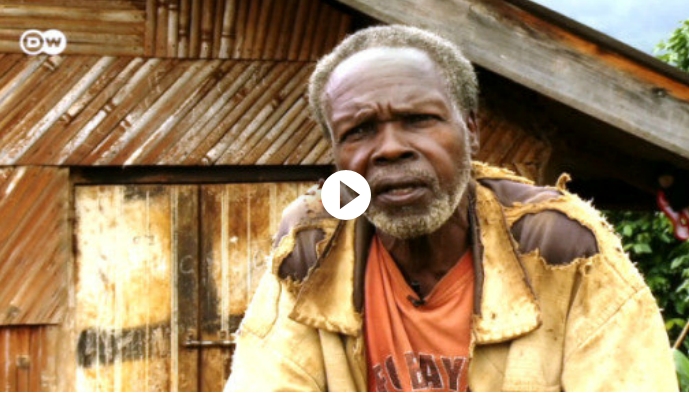 Global Ideas: Uganda – Protecting an Ecosystem
Global Ideas: Uganda – Protecting an Ecosystem
 Our Stories - An environmentally friendly building technology saving trees in Sironko district
Our Stories - An environmentally friendly building technology saving trees in Sironko district
 Articles - Uganda’s first Payment for Environmental Services Fund launched, 27 Mar 2015
Articles - Uganda’s first Payment for Environmental Services Fund launched, 27 Mar 2015
.jpg/_jcr_content/renditions/cq5dam.web.540.390.jpeg) Governance Body for the Mountain EbA Project in Uganda holds its second meeting, 4 Jul 2014
Governance Body for the Mountain EbA Project in Uganda holds its second meeting, 4 Jul 2014
Mountain Ecosystem-based Adaptation in Peru
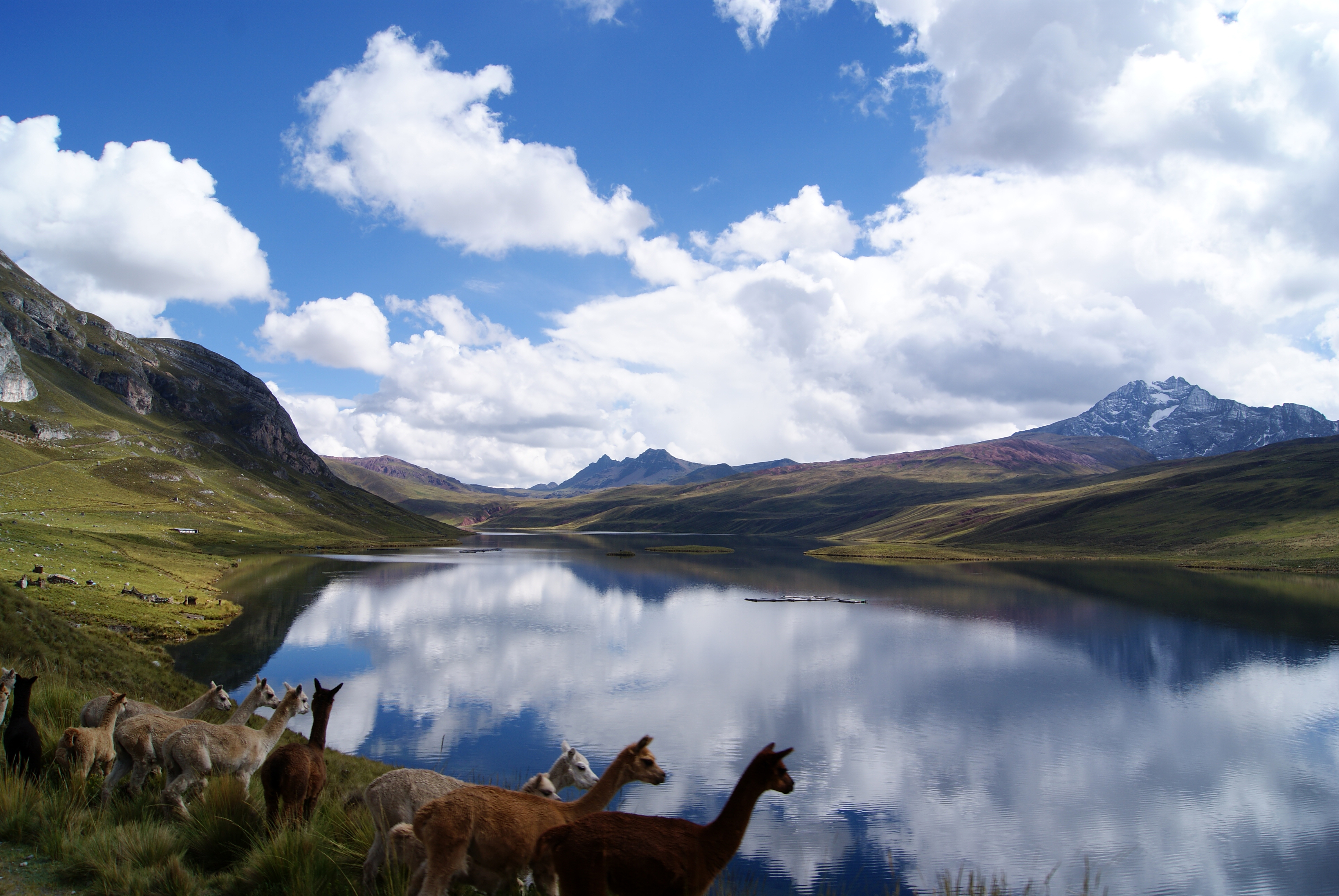
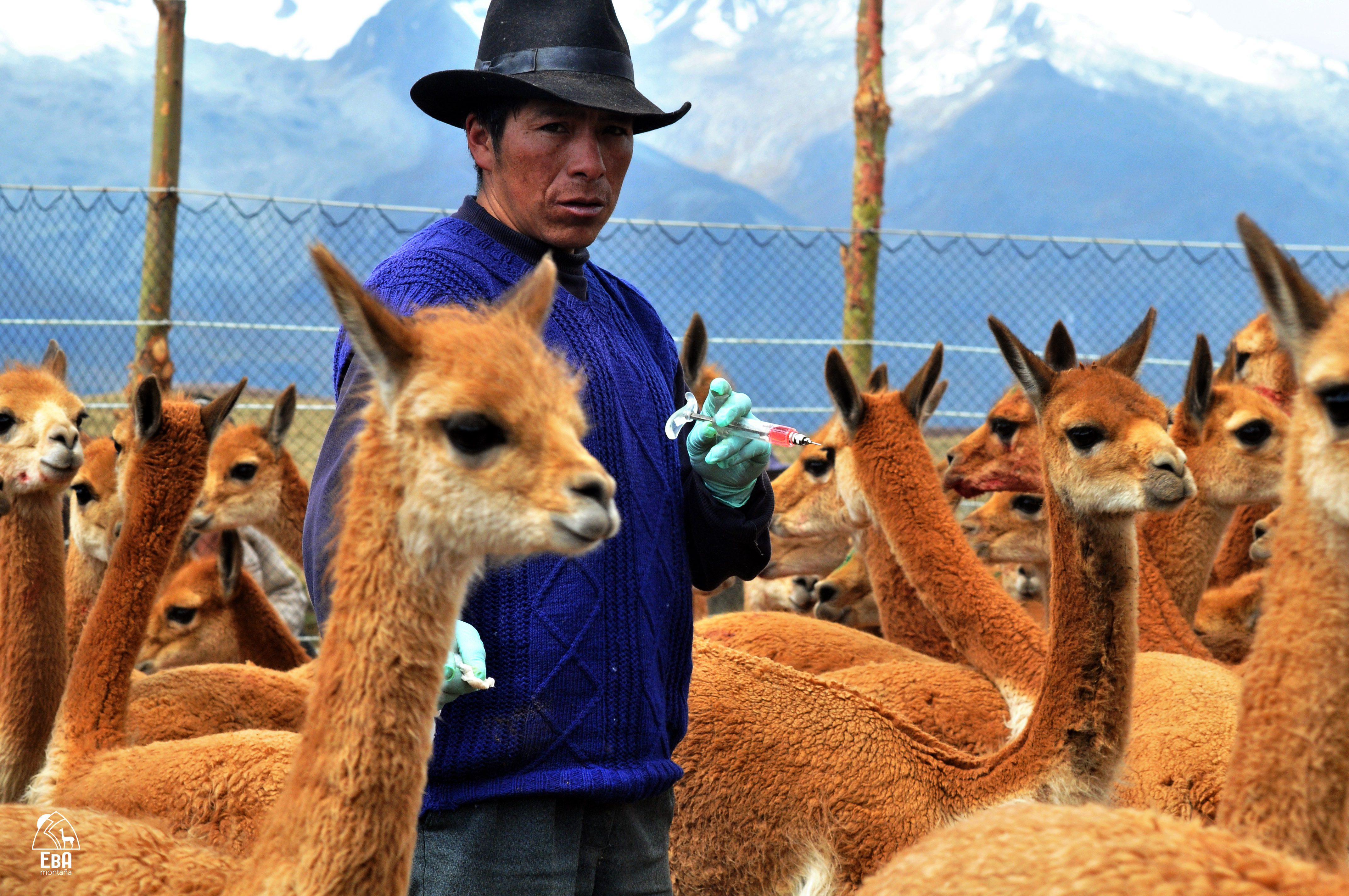
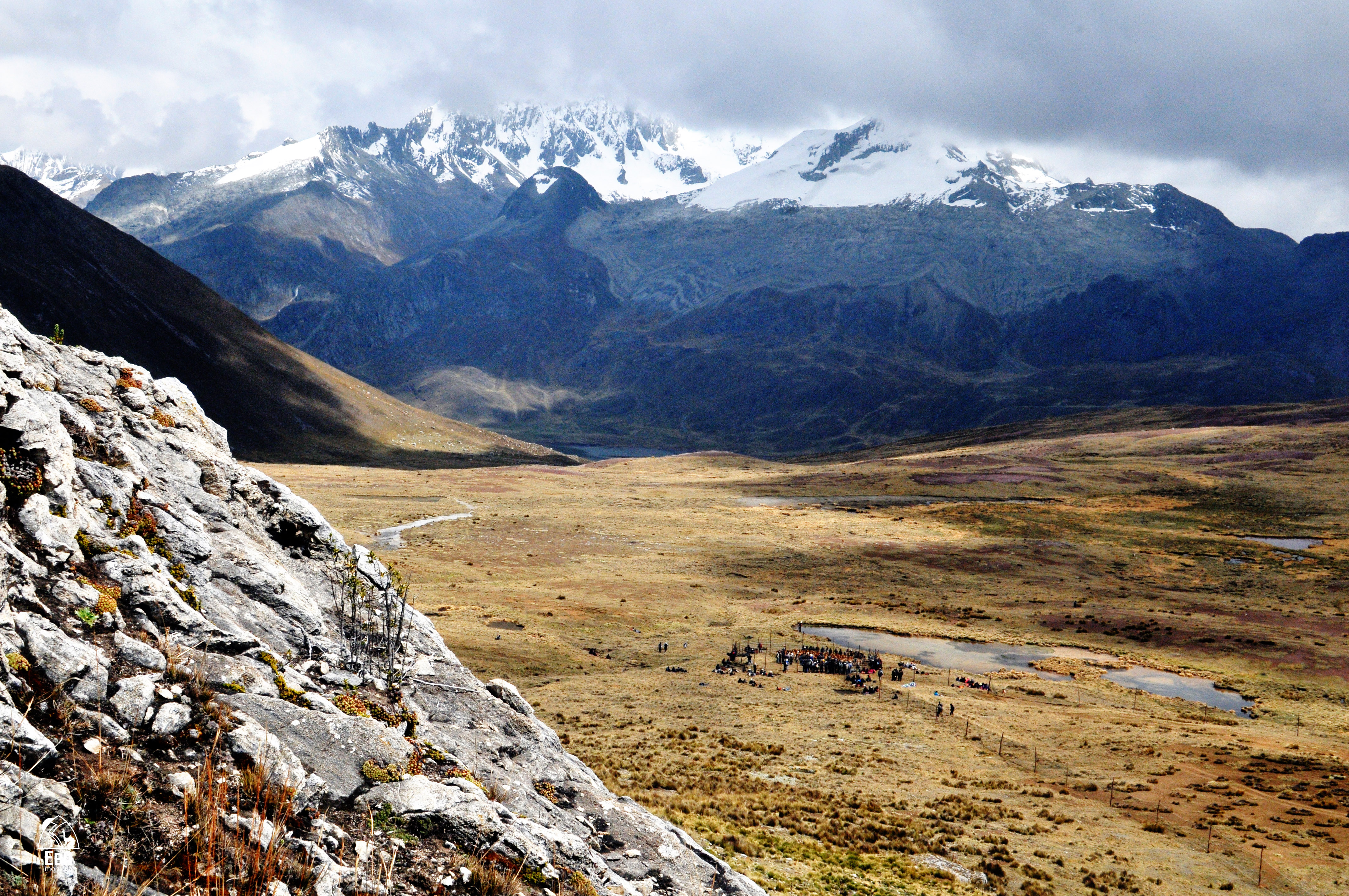
Assessments and Background Documents
'EbA'luacion de la vulnerabilidad al cambio climatico (2015)
Mt EbA Peru Vulnerability & Impact Assessment of RPNYC - Main Study
Mt EbA Peru Vulnerability & Impact Assessment of RPNYC - Context
Mt EbA Peru Vulnerability & Impact Assessment of RPNYC - Future climate scenarios
(2014) Peru Vulnerability and Impact Assessment (VIA) - Technical Summary
Reports
Brochures, Posters, Communications Products
Knowledge Products
Cambio climático en la Reserva Paisajística Nor Yauyos Cochas
El proyecto EbA Montaña trabaja con el SERNANP y las comunidades campesinas de la Reserva Paisajística Nor Yauyos Cochas para que se adapten al cambio climático. Conoce más del proyecto y las medidas de adaptación basada en ecosistemas que vienen implementando en este video.
The objective of this Peru pilot project under the global Ecosystem-based Adaptation (EbA) in Mountains Programme was to reduce the vulnerability of Peru to climate change impacts through piloting EbA options with particular emphasis on mountain ecosystems in the Nor Yauyos-Cochas Landscape Reserve.
It supported four outputs:
- The development of decision making tools for ecosystem based adaptation for assessing ecosystem resilience,
- Field testing the tools in the pilot countries,
- Making investments in and building capacity for EbA at select demonstration sites, and
- Establishing the economic benefits and financial costs of EbA, to guide national policies.
The project is a collaborative initiative of the United Nations Environment Programme (UNEP), the International Union for Conservation of Nature (IUCN) and the United Nations Development Programme (UNDP), funded by Germany’s Federal Ministry for the Environment, Nature Conservation, Building and Nuclear Safety (BMUB). In Peru, the programme is commissioned by the Ministry of Environment of Peru (MINAM for its Spanish acronym) and is implemented in the Nor Yauyos-Cochas Landscape Reserve with the support of the National Service of Natural Protected Areas (SERNANP for its Spanish acronym). The activities under IUCN’s responsibility are implemented in partnership with the Mountain Institute (TMI).
Some key accomplishments for the project include:
- A Vulnerability Impact Assessment (VIA) has been carried out to determine which EbA interventions can be used to support the communities in the selected project area.
- Three vulnerable areas have been identified in the NYCLR: Canchayllo, Miraflores and Tanta. Two EbA measures per area are being implemented.
- Information from the VIA (Vulnerability and Impact Assessment) for the NYCLR is being incorporated into the updated version of the NYCLR Master Plan.
- Support to both regional governments in Junin and Lima in the updating of their Regional Climate Change Strategies and the addition of EbA approaches to these tools.
- A local Communication Network for the NYCLR has been developed by the project. 11 park rangers and 21 students of the NYCLR have learnt about climate change and how to use communication tools for their own development.
- In Tanta, the community decided to free the Moyobamba area (vicuña natural habitat) of domestic animals to be an exclusive area for vicuñas.
- Capacity building and technical assistance in livestock and vicuña management, including animal husbandry of vicuña population.
- Installation of fences in 2000 hectares of communal land for livestock, and conservation of 1500 hectares of vicuña habitat.
- In Miraflores and Canchayllo no regret measures are being implemented. In both places local villagers have become local researchers and have strengthen their capacity in pasture and water management.
- In Canchayllo, a natural water reservoir dam was restored to reduce water filtration and ensure its storage during the dry season. Also, an underground pipe was restored to transport water from the upper part of the watershed (near Chacara Lake) to the community farm (Jutupuqio).
- In Miraflores, a protection zone (5ha) was enlarged around the Yanacancha lakes encircling the upper micro-watershed in order to prevent cattle and other animals from entering the area.
Policy-related accomplishments:
- In August 2015, Peru officially approved Policy Guidelines for Public Investment in Biodiversity and Ecosystems, with the expectation that this instrument will facilitate new and additional public investment aligned with the National Biodiversity Strategy.
- Of particular interest is that the UNDP BIOFIN and the Peru Mountain EbA projects worked together since February 2015 in close coordination with the Ministries of Environment and Economy and Finance to facilitate the incorporation of climate change and specifically EbA into the guidelines. For example, the consideration of climate change as a cross-cutting issue is included as one of the Strategic Policy Guidelines (p6).
- As next steps, BIOFIN and the Peru Mountain EbA project are collaborating in the design of a pilot Public Investment Project for the community of Tomas in the Nor Yauyos Cochas Landscape Reserve, as an opportunity to replicate EbA actions undertaken in Tanta and taking advantage of the political will and support of the Tomas municipality.
- Following this, UNDP and other agencies will support MINAM and MEF in capacity building of local and regional governments and development of additional pilots, as part of an effort to expand the use out the guidelines at the national level. Technical support will also be provided to develop impact indicators to be used by MINAM and MEF of the biodiversity and ecosystem-focused PIPs.
- The Peru Intended Nationally Determined Contribution (INDC) is currently being developed. The project team has contributed by reviewing the draft and providing recommendations on how to integrate EbA. The draft INDC includes EbA measures in its sector/system specific adaptation contributions for water, agriculture and forestry. The INDC even refers to the Mountain EbA Programme specifically as a key project that has contributed to the adaptation process in Peru.
 Learning by doing: the construction of the approach and program EbA, Lunahuana, Cañete, 25 to May 30, 2015 - The third Global technical workshop on ecosystem-based adaptation learning for the Global Mountain EbA programme, which is running in Nepal, Uganda and Peru, was held. The workshop aimed to identify and assess the contributions that the program has made in EbA mainstreaming in public policies and in building resilience and adaptive capacity of local populations.
Learning by doing: the construction of the approach and program EbA, Lunahuana, Cañete, 25 to May 30, 2015 - The third Global technical workshop on ecosystem-based adaptation learning for the Global Mountain EbA programme, which is running in Nepal, Uganda and Peru, was held. The workshop aimed to identify and assess the contributions that the program has made in EbA mainstreaming in public policies and in building resilience and adaptive capacity of local populations.
 CRiSTAL Parques, 26-29 January, 2015 - Del 26 al 29 de enero de 2015 se aplicó, en la Reserva Paisajística Nor Yauyos Cochas (RPNYC) de Perú, la herramienta CRiSTAL Parques, un instrumento de apoyo a la toma de decisiones que ayuda a los profesionales de la conservación y a los responsables de Áreas Protegidas (AP) a integrar riesgos climáticos en su planificación.
CRiSTAL Parques, 26-29 January, 2015 - Del 26 al 29 de enero de 2015 se aplicó, en la Reserva Paisajística Nor Yauyos Cochas (RPNYC) de Perú, la herramienta CRiSTAL Parques, un instrumento de apoyo a la toma de decisiones que ayuda a los profesionales de la conservación y a los responsables de Áreas Protegidas (AP) a integrar riesgos climáticos en su planificación.
 Ruedo en las alturas - El Chaccu, tradición ancestral de arreo de vicuñas, es hoy una importante medida de adaptación al cambio climático basada en ecosistemas.
Ruedo en las alturas - El Chaccu, tradición ancestral de arreo de vicuñas, es hoy una importante medida de adaptación al cambio climático basada en ecosistemas.
 Dioses del agua - Para los pobladores de Canchayllo, distrito de Jauja, en la Reserva Paisajística Nor Yauyos Cochas, el cambio climático ha sido una buena excusa para el ingenio y los buenos reflejos. Ahí se han modificado comportamientos, infraestructura y organización con el fin de potenciar, conservar y restaurar la administración de pastos y agua de la zona. Esta es su historia.
Dioses del agua - Para los pobladores de Canchayllo, distrito de Jauja, en la Reserva Paisajística Nor Yauyos Cochas, el cambio climático ha sido una buena excusa para el ingenio y los buenos reflejos. Ahí se han modificado comportamientos, infraestructura y organización con el fin de potenciar, conservar y restaurar la administración de pastos y agua de la zona. Esta es su historia.
 Viaje por los ecosistemas del Perú, Lima, 7 December 2014 - Junto a un cuentacuentos y pobladores de la costa, sierra y selva del Perú, los proyectos EbA Montaña, EBA Amazonía y Humboldt del Programa de las Naciones Unidas para el Desarrollo (PNUD), presentaron en el Auditorio Principal de la feria Voces por el clima -espacio para la sociedad civil en el marco de la COP20 en Lima-, “Mi montaña, mi bosque, mi mar: nuestro pan de cada día”, una puesta en escena que utilizó la tradición oral para contar cómo las comunidades se están adaptando al cambio climático.
Viaje por los ecosistemas del Perú, Lima, 7 December 2014 - Junto a un cuentacuentos y pobladores de la costa, sierra y selva del Perú, los proyectos EbA Montaña, EBA Amazonía y Humboldt del Programa de las Naciones Unidas para el Desarrollo (PNUD), presentaron en el Auditorio Principal de la feria Voces por el clima -espacio para la sociedad civil en el marco de la COP20 en Lima-, “Mi montaña, mi bosque, mi mar: nuestro pan de cada día”, una puesta en escena que utilizó la tradición oral para contar cómo las comunidades se están adaptando al cambio climático.
 Presentan avances en el Proyecto EbA Montaña, Huancayo, 4 February 2015 - El 4 de febrero en la ciudad de Huancayo, se reunieron los miembros del Comité Directivo del Proyecto EbA Montaña para informar acerca de los avances del proyecto, discutir el Plan Operativo Anual y la presentación de los resultados del estudio de Vulnerabilidad, Impacto y Adaptación al cambio climático (VIA) en la Reserva Paisajística Nor Yauyos Cochas (RPNYC), área de intervención del proyecto, a cargo del equipo de Centro de Datos para la Conservación (CDC)-Universidad Nacional Agraria La Molina y la Universidad de Columbia.
Presentan avances en el Proyecto EbA Montaña, Huancayo, 4 February 2015 - El 4 de febrero en la ciudad de Huancayo, se reunieron los miembros del Comité Directivo del Proyecto EbA Montaña para informar acerca de los avances del proyecto, discutir el Plan Operativo Anual y la presentación de los resultados del estudio de Vulnerabilidad, Impacto y Adaptación al cambio climático (VIA) en la Reserva Paisajística Nor Yauyos Cochas (RPNYC), área de intervención del proyecto, a cargo del equipo de Centro de Datos para la Conservación (CDC)-Universidad Nacional Agraria La Molina y la Universidad de Columbia.
 Proyecto EbA Montaña participa en el Foro Mundial de Montañas en Cusco, 23-25 May 2014 - El Foro Mundial de Montañas (WMF, por sus siglas en inglés) -un espacio de encuentro para la ciencia, los tomadores de decisión y los activistas del Desarrollo Sostenible de las Montañas del mundo- se desarrolló en Cusco, Perú del 23 al 25 de mayo de 2014. El objetivo fue crear un espacio que permita la discusión y el intercambio de experiencias en temas vinculados al cambio climático, agricultura familiar, comunidades y ciudades de montaña, en el marco del trabajo en los ecosistemas de montaña.
Proyecto EbA Montaña participa en el Foro Mundial de Montañas en Cusco, 23-25 May 2014 - El Foro Mundial de Montañas (WMF, por sus siglas en inglés) -un espacio de encuentro para la ciencia, los tomadores de decisión y los activistas del Desarrollo Sostenible de las Montañas del mundo- se desarrolló en Cusco, Perú del 23 al 25 de mayo de 2014. El objetivo fue crear un espacio que permita la discusión y el intercambio de experiencias en temas vinculados al cambio climático, agricultura familiar, comunidades y ciudades de montaña, en el marco del trabajo en los ecosistemas de montaña.
 EbA Montaña en Perú identifica vulnerabilidad e impacto frente al cambio climático de la RPNYC, 26 March 2014, se presentó en la Universidad Nacional Agraria La Molina (UNALM) la Evaluación de Vulnerabilidad e Impacto (EVI) frente al cambio climático de la Reserva Paisajística Nor Yauyos Cochas, el cual forma parte del proyecto Adaptación basada en Ecosistemas de Montaña (EbA Montaña) en Perú. Fue preparado entre agosto de 2012 y diciembre de 2013 gracia a un acuerdo entre el Programa de las Naciones Unidas para el Medio Ambiente (PNUMA) y la Fundación para el Desarrollo Agrario (FDA) de la UNALM.
EbA Montaña en Perú identifica vulnerabilidad e impacto frente al cambio climático de la RPNYC, 26 March 2014, se presentó en la Universidad Nacional Agraria La Molina (UNALM) la Evaluación de Vulnerabilidad e Impacto (EVI) frente al cambio climático de la Reserva Paisajística Nor Yauyos Cochas, el cual forma parte del proyecto Adaptación basada en Ecosistemas de Montaña (EbA Montaña) en Perú. Fue preparado entre agosto de 2012 y diciembre de 2013 gracia a un acuerdo entre el Programa de las Naciones Unidas para el Medio Ambiente (PNUMA) y la Fundación para el Desarrollo Agrario (FDA) de la UNALM.
Global Ecosystems Based Adaptation in Mountains Programme
Human wellbeing and livelihoods cannot be sustained without healthy ecosystems. Mountain ecosystems are particularly important, in that they maintain rich ecological processes and provide essential goods and services, especially water, not only to mountain people, but also to downstream lowlands where demand from population centers, agriculture and industry is high. These ecosystems, however, face severe threats from unsustainable land use practices (overgrazing and non-conservation agriculture), illegal wood extraction, development of large-scale infrastructure (dams, roads) and unsustainable natural resource projects (hydrocarbons, mining).
Climate change further compounds these threats by increasing levels of exposure to droughts, floods (which in turn results in an increase in landslides) and changes in seasonality. These impacts both undermine the resilience of the mountain ecosystems and increase the vulnerability of the local mountain communities, whose livelihoods and wellbeing depend on their services. Mountain people tend to be among the world’s poorest and most marginalized populations. Not only do many share the disadvantages of rural poverty and ethnic or religious discrimination. They also face additional challenges to subsistence brought about by elevation, rough topography and severe climate.
Through the global Ecosystems-based Adaptation (EBA) in Mountains Programme, UNDP, UNEP and IUCN, with funding from the German Government, used sustainable management, conservation and restoration of ecosystems, as part of an overall adaptation strategy, to reduce the vulnerability and enhance the resilience of select fragile mountain ecosystems and their local communities to climate change impacts.
Photos provided by: UNDP Peru, Carlos Diaz Huertas and Adriana Kato, UNDP Nepal, Tine Rossing, Andrea Egan, UNDP Uganda, Ed Barrows and James Leslie.
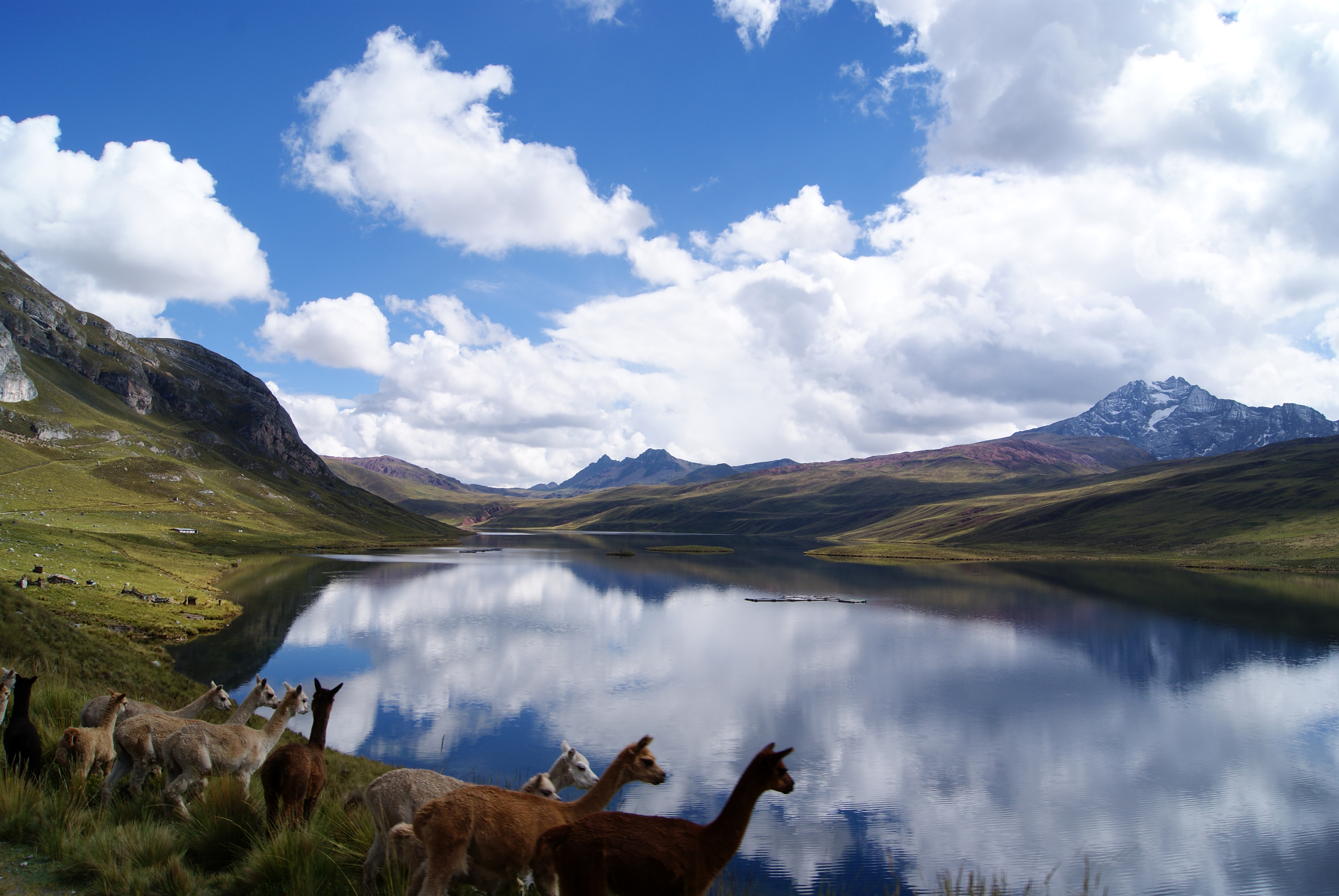
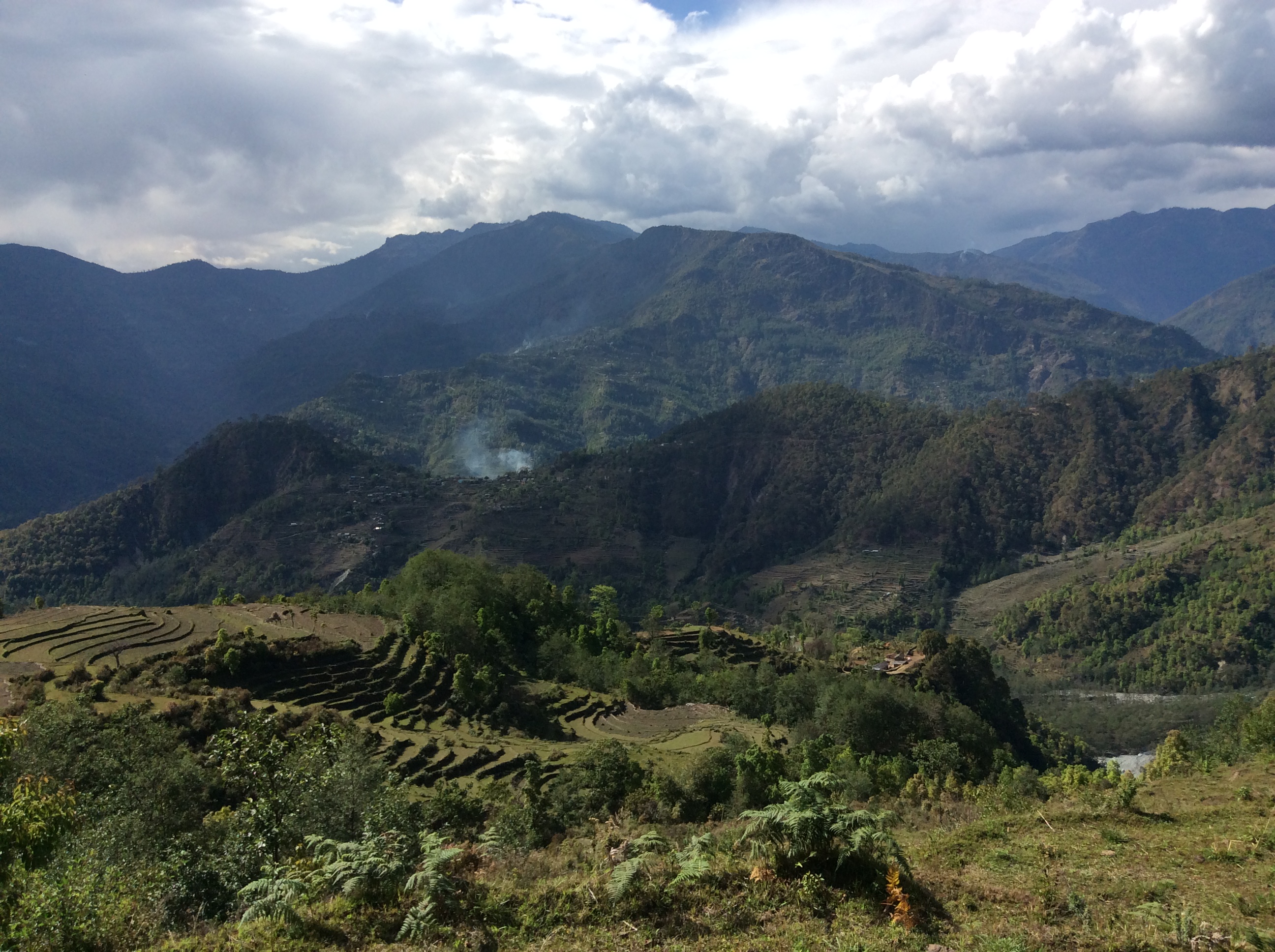

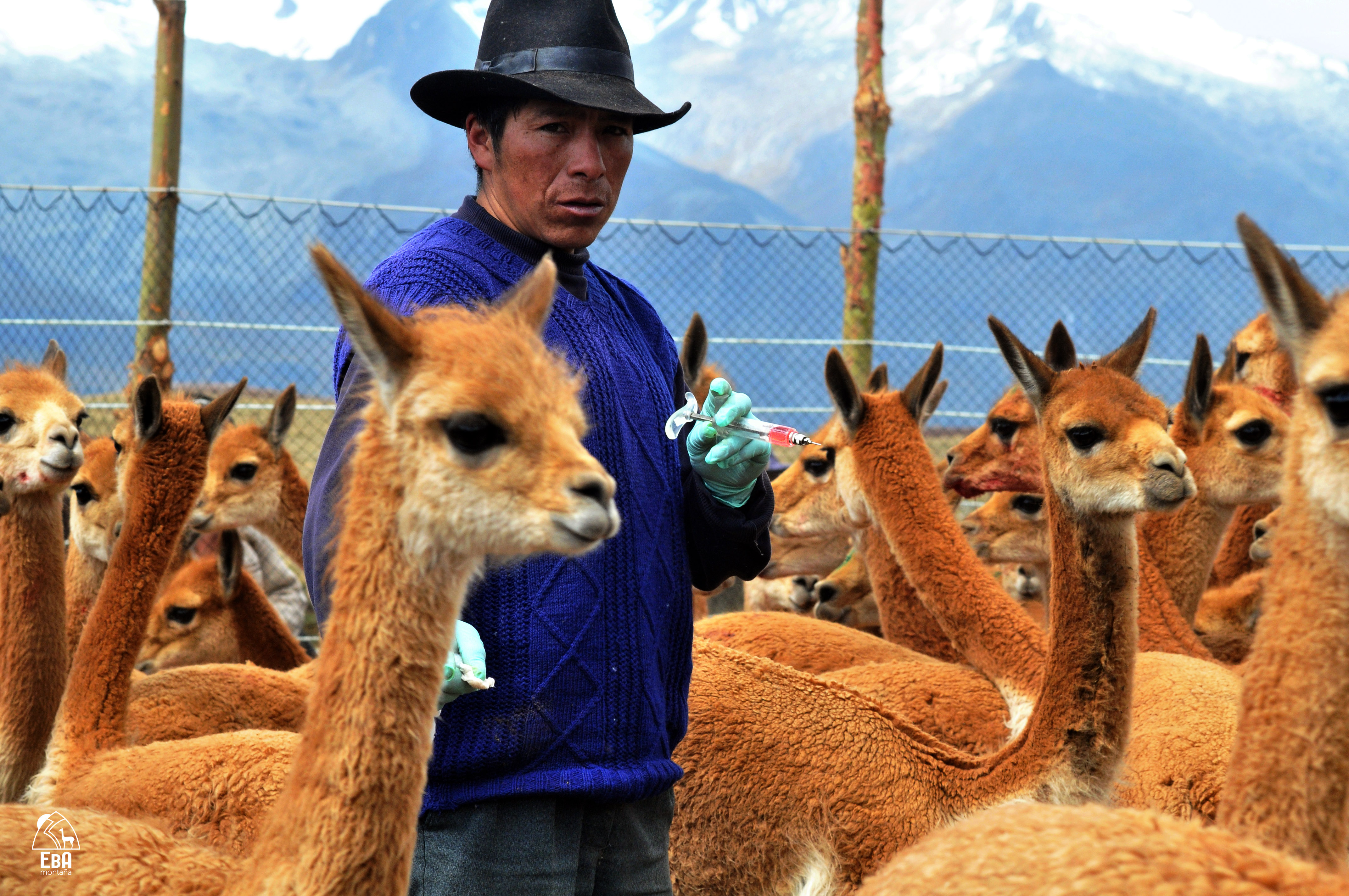
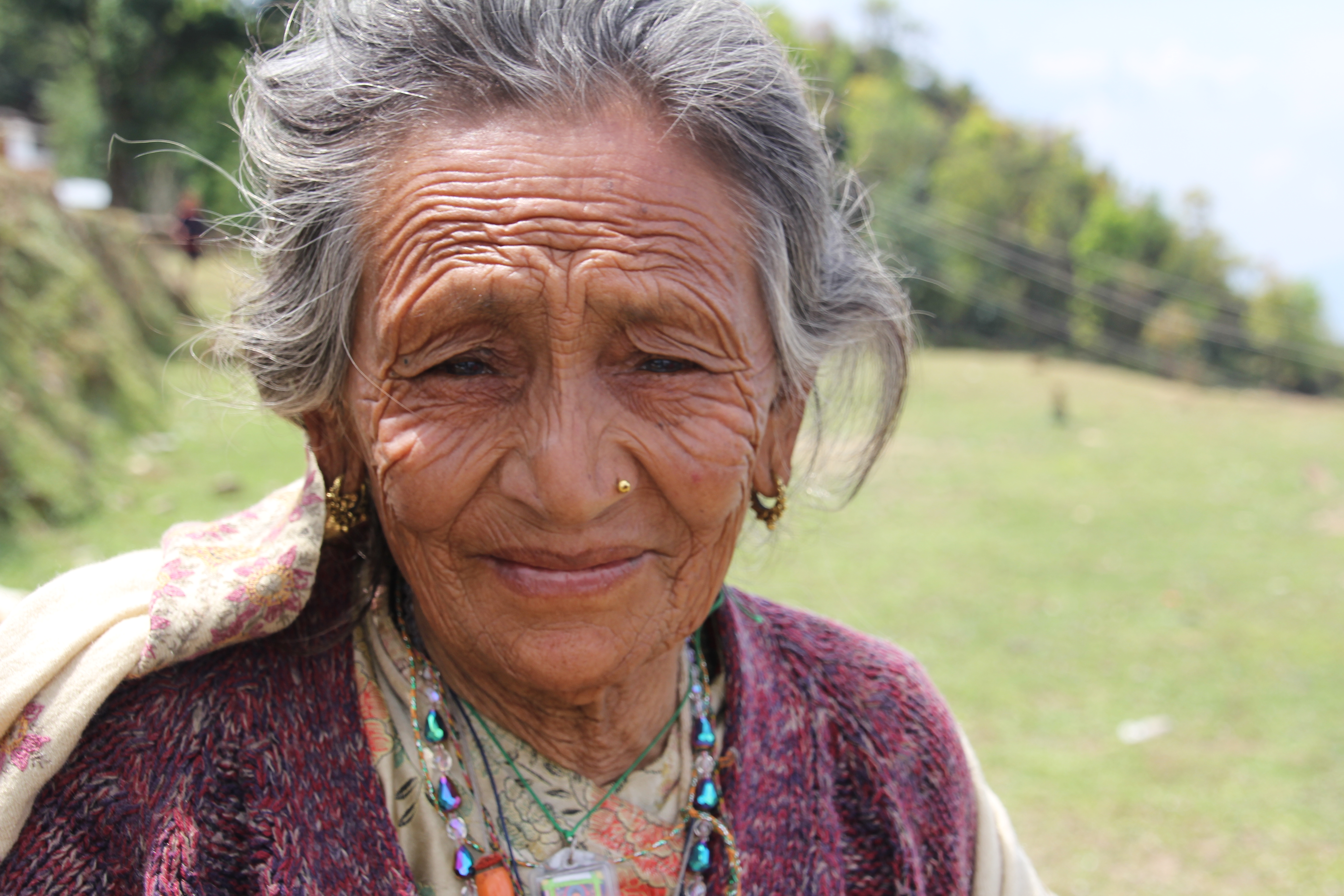
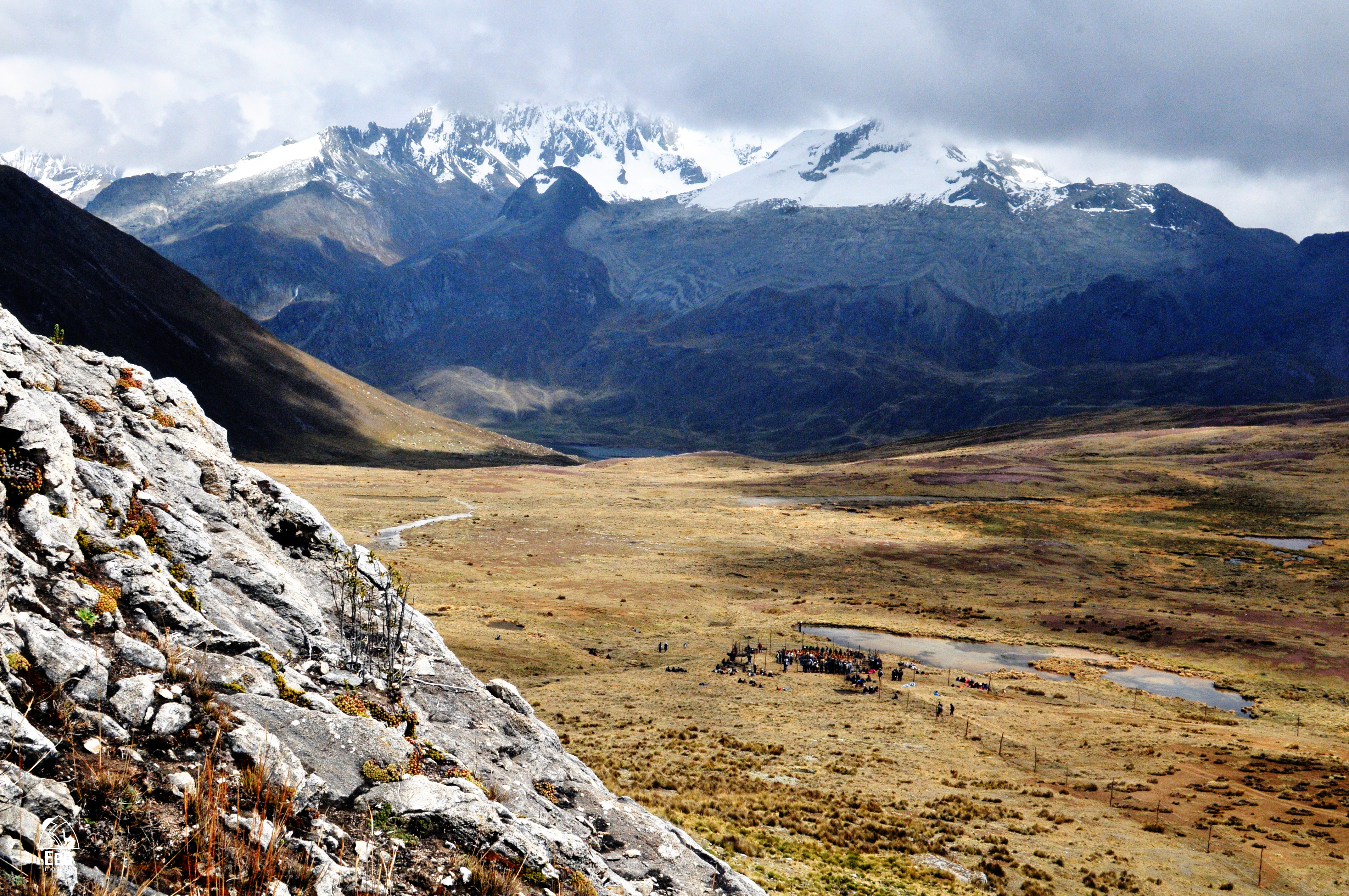
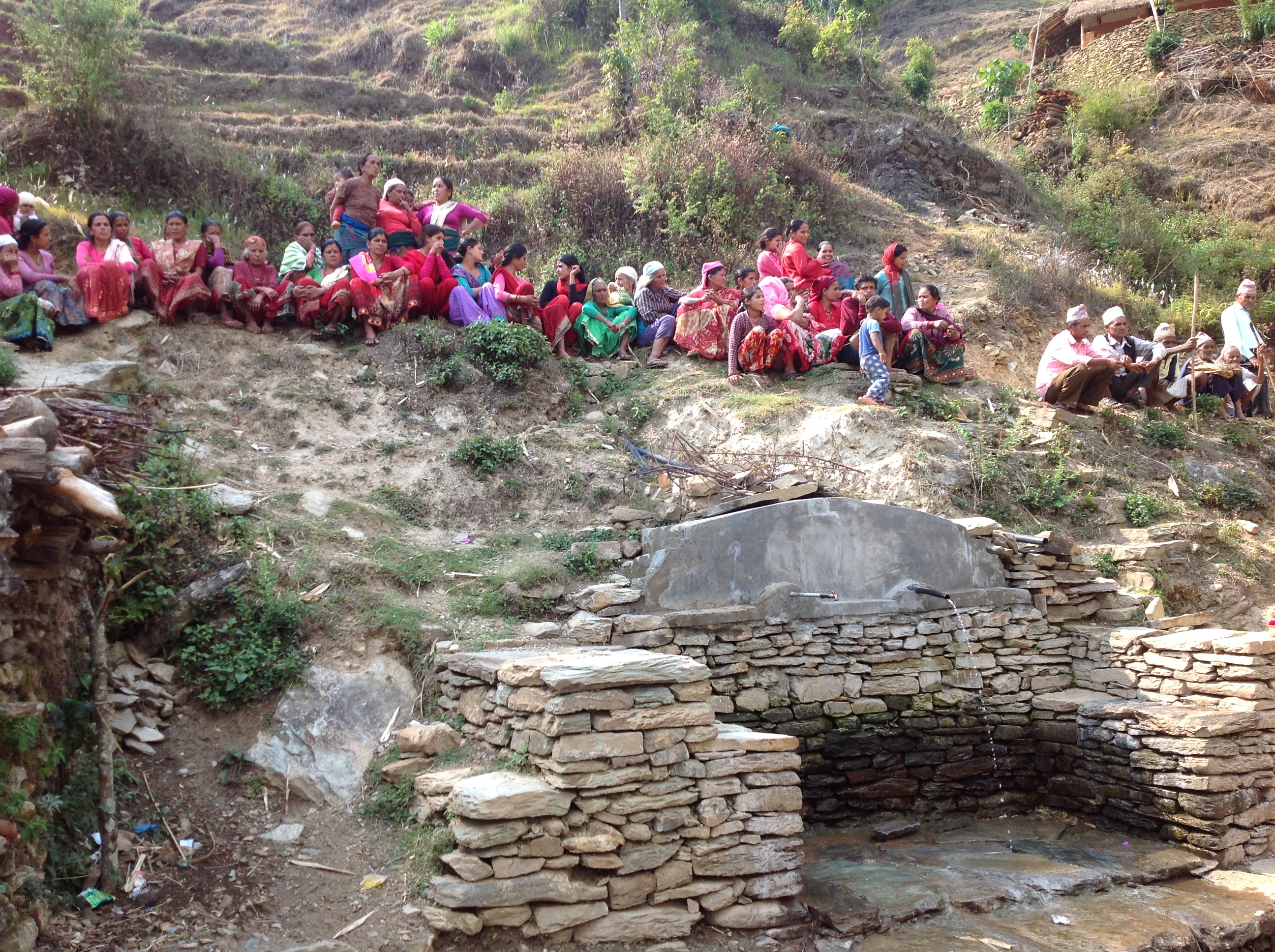
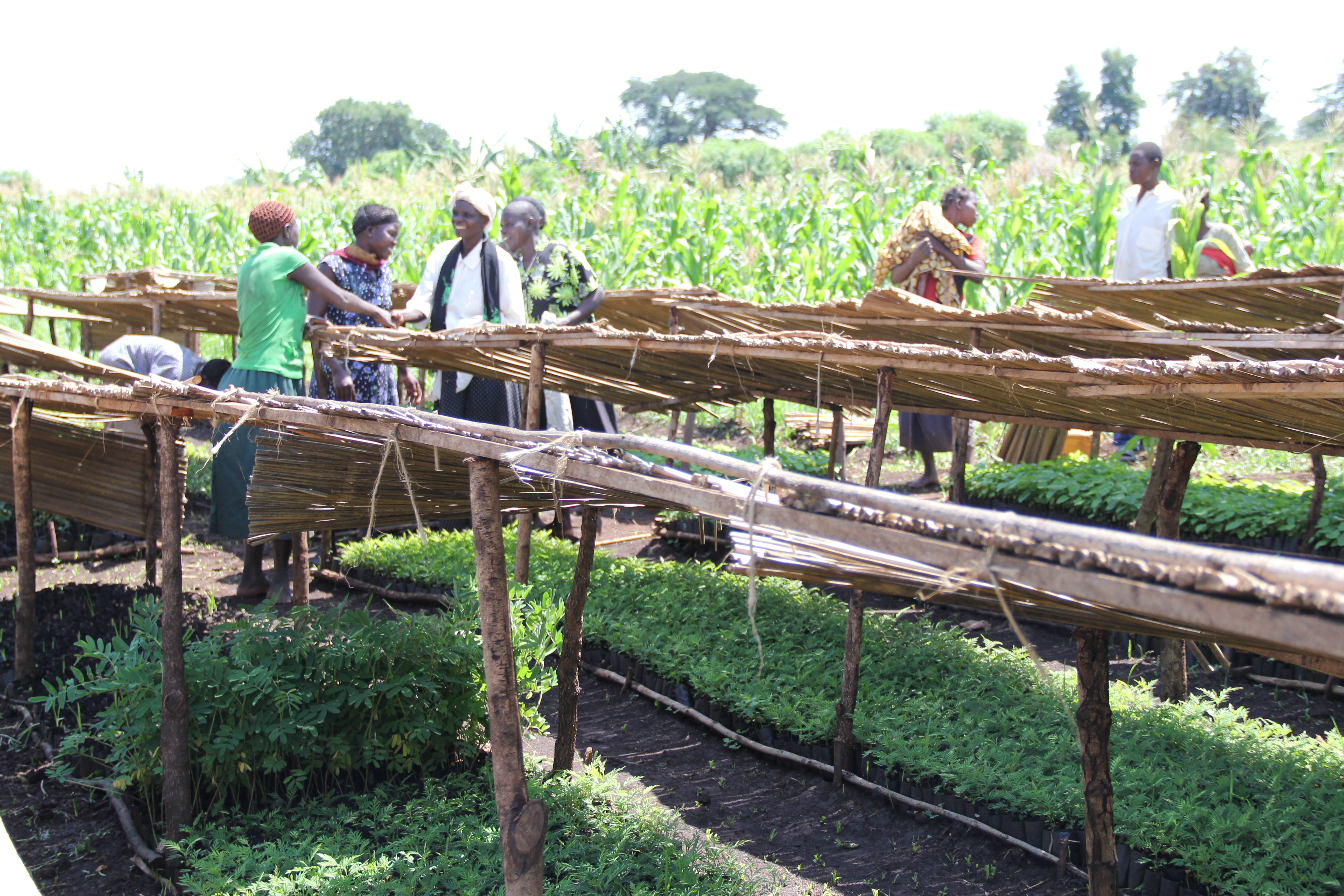

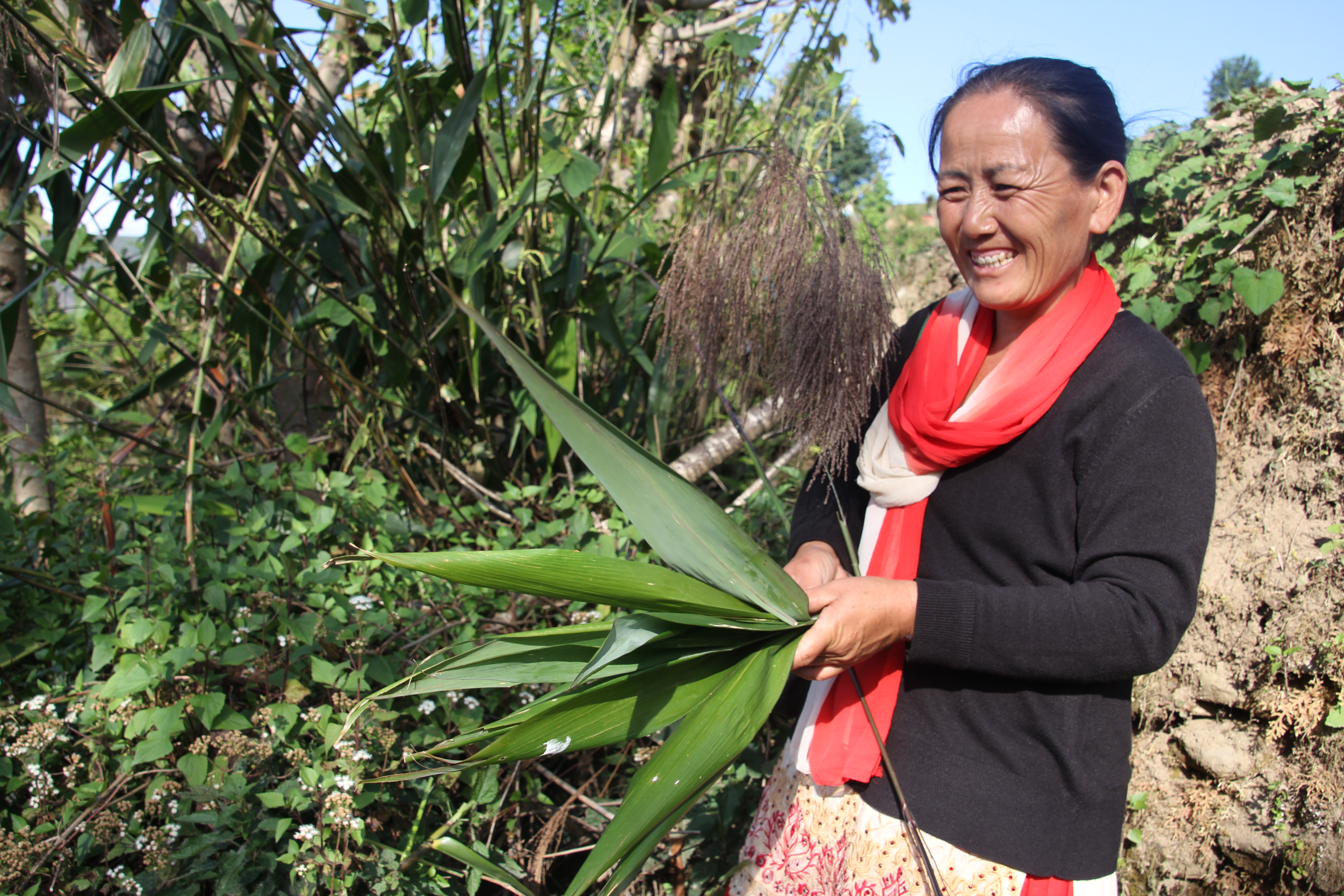
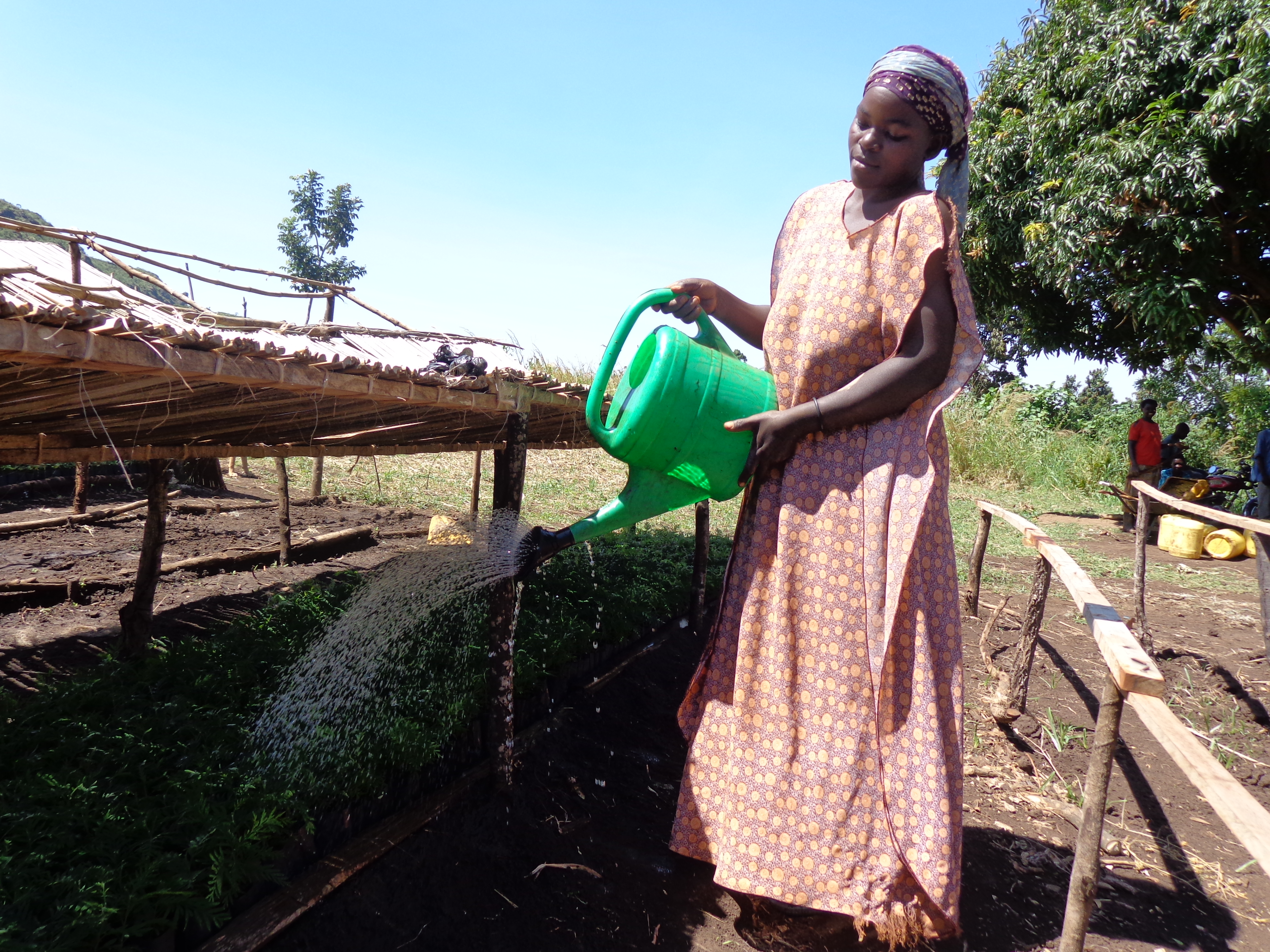
Assessments and Background Documents
Making the Case for Ecosystem-based Adaptation: The Global Mountain EbA Programme in Nepal, Peru and Uganda.
Project Brief / Fact Sheet
Learning Brief 4 - Making the case for policy change and financing for Ecosystem-based Adaptation
Learning Brief 3 - Making the economic case for Ecosystem-based Adaptation
Learning Brief 2 - Generating multiple benefits from Ecosystem-based Adaptation in Mountain Ecosystems
Learning Brief 1 - Introduction to Ecosystem-based Adaptation: A nature-based response to climate change
Training & Tools
UNEP-WCMC (2015) VIA Guidance Document: Executive Summary - RU
UNEP-WCMC (2015) VIA Guidance Document: Executive Summary - PT
UNEP-WCMC (2015) VIA Guidance Document: Executive Summary - SP
UNEP-WCMC (2015) VIA Guidance Document: Executive Summary - FR
Brochures, Posters, Communications Products
Mt EbA Programme (2014) Programme Brochure: Ecosystem-based Adaptation: Adapting to Climate Change in Mountain Ecosystems
UNEP (2010) Making the Case for Ecosystem-based Adaptation (Mt EbA Programme)
The Ecosystems-based Adaptation (EbA) in Mountains Programme is a global partnership jointly implemented by UNDP, UNEP and IUCN from 2011-2015, with funding from the Germany’s Federal Ministry for the Environment, Nature Conservation, Building and Nuclear Safety (BMUB). While global in scope, Uganda, Nepal and Peru were selected as pilot countries, due to their significant vulnerability to climate change, coupled with their endowment of fragile mountain ecosystems upon which a multitude of communities and economic activities depend.
The overarching Programme goal is to strengthen capacities of the involved governments and local communities to reduce vulnerability and increase resilience to the effects of climate change using EbA measures in targeted mountain ecosystems.
Expected programme results include:
- New and field tested methodologies and decision-making tools for EbA, including Vulnerability & Impact Assessments;
- Monitoring and Evaluation centered on ecosystem resilience; and
- Capacities and knowledge of all involved stakeholders (national, district and local level government, local communities and civil society organizations) will be enhanced for planning and implementing both early action “No Regrets” and longer-term EbA measures through pilot activities in target mountain ecosystems.
Based on evidence emerging from these processes, lessons will also be generated on how to use cost-benefit analyses to make an economic case for specific EbA measures. In close collaboration with key governments agencies, evidence and lessons will be generated on how to mainstream EbA into broader district and national policy and financing frameworks. These lessons can be scaled-up and shared as policy examples at regional and global levels beyond the three pilot countries. Overall, the resilience to climate change of targeted mountain ecosystems and their local custodians will be enhanced.
Outcome 1: Methodologies and tools for EbA decision making developed. The application of appropriate scientific methodologies and tools to assist decision makers on the effectiveness of the interventions is a critical ingredient of successful EbA approaches. In each pilot country, this outcome will finance a process that will assess, evaluate and develop appropriate methodologies for use in informing project adaptation actions. Additional results that will be generated include development of project baselines as well as comprehensive monitoring and evaluation mechanisms to monitor programme impacts. Indicators will be developed to specifically measure impacts related to ecosystem functioning and adaptive capacity.
Outcome 2: EbA methodologies and tools applied at ecosystem level. This outcome will finance the development of a capacity building approach that, in turn, will be used to apply the methodologies and tools developed under Outcome 1. In order to ensure sustainability in the use of the tools as well as ensuring that results from the programme are integrated in national processes, relevant stakeholders who were to be involved in the programme will be trained in the use and application of the tools.
Outcome 3: EbA pilot projects implemented in each pilot country and contributing towards ecosystem resilience and reduction of livelihood vulnerability in the face of climate change impacts. A number of EbA activities will be identified and selected for implementation based on the outputs of outcomes 1 and 2. In addition, 1) institutional roles and responsibilities for EbA will be agreed to by different stakeholders at all levels; 2) Institutional capacity of local governments and other key national institutions to plan, monitor and enforce EbA will be enhanced; 3) pilot projects focusing on water resources management and enhancement of soil conservation measures will be implemented; 4) market opportunities and access will be enhanced; and 5) lessons learned from pilot projects will be captured and disseminated.
Outcome 4: Business case for EbA at the local and national levels developed. To make an economic case for EbA, the project will identify and apply the best methods and practice for socio-economic evaluation of adaptation options. This will provide an economic justification for support from relevant government institutions for the use of EbA as a climate risk management strategy. To this end, i) an enabling environment for scaling-up EbA at national level will be created; and ii) information and capacities of key government stakeholders will be enhanced so as to integrate EBA into national development planning processes and climate change policies and strategies.
Outcome 5:New learning and knowledge on EbA generated. In early 2014, the scope of the Programme was expanded to include a new Learning and Knowledge Component. These new activities will strengthen learning about EbA at various levels namely 1) site level – i.e. the three pilot sites in Nor Yauyos-Cochas, Mount Elgon and Panchase – 2) country level (Peru, Uganda and Nepal), and 3) beyond (inter-country, regional and global levels). Systematization of generated information and learning wil be used by partners to generate new science, insights and messages that can influence policy and practice on EBA in mountain ecosystems and beyond. The application of methodologies and tools, combined with implementation of pilot activities, will enable the Programme to shorten the learning curve for local and national institutions, and fast-track the transfer of knowledge and experience in building ecosystem and social resilience to climate change.
The EbA Mountain Ecosystems Programme is working in designated project sites in Nepal, Peru, and Uganda.
Climate proofing local development gains in Machinga and Mangochi Districts of Malawi
Malawi’s high dependency on rainfed, maize dominated agriculture, combined with poor urban planning in rural towns makes 85% of its populations highly vulnerable to climate change induced droughts, floods and post harvest grain losses. Between 1967 and 2003, 18 floods were recorded killing at least 570 people, rendering 132,000 homeless, and affecting a total of 1.8 million people.
This GEF-LDCF funded, UNDP-supported project will help facilitate the use of an integrated package of ecological, physical and policy measures to reduce climate change related risks and improve the effectiveness of the baseline initiatives in Mangochi and Machinga Districts, in the upper Shire Basin.
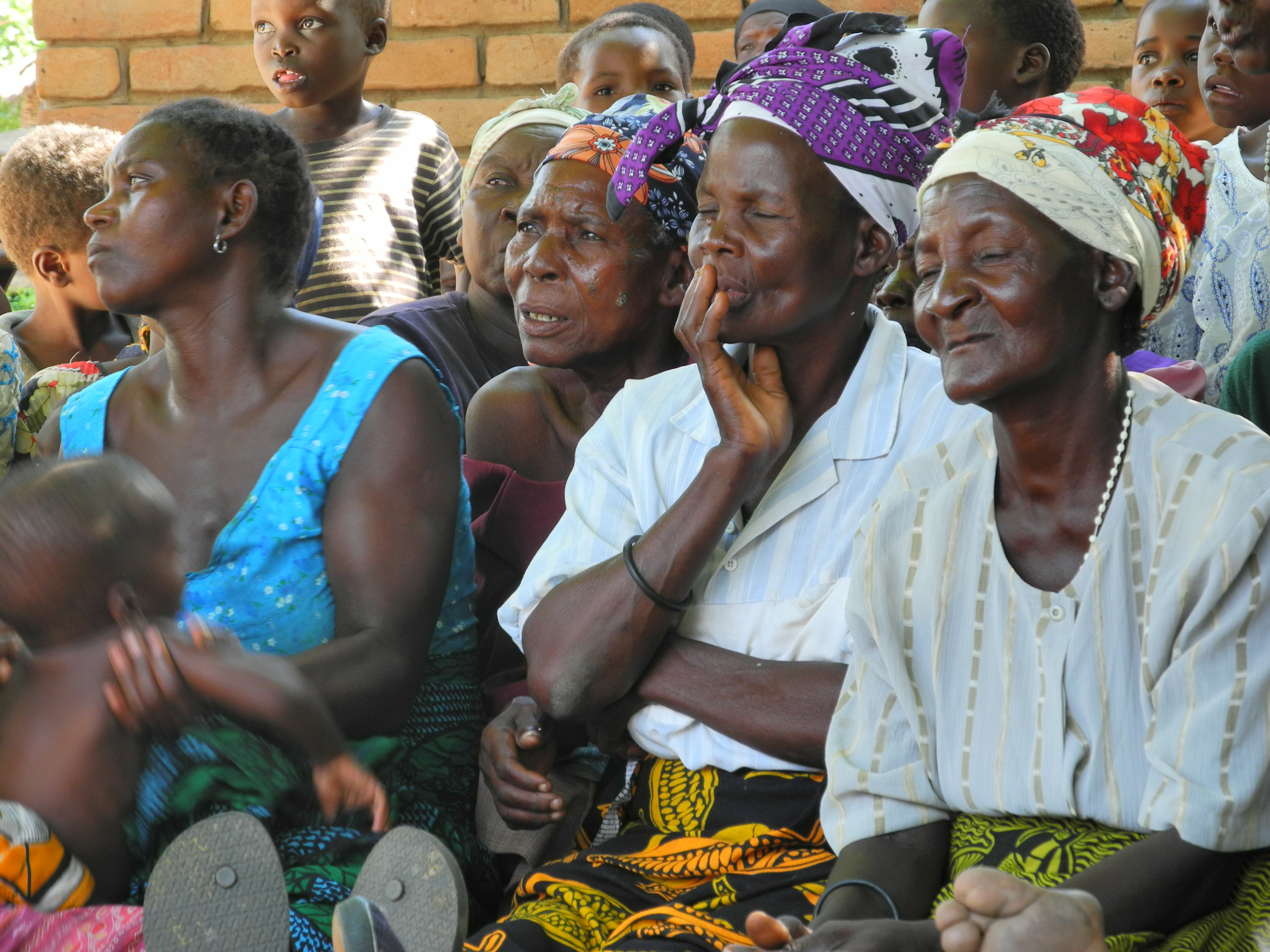
PIFs
Malawi – LDCF Project in Machinga and Mangochi Districts, Project Identification Form (16 April 2012)
(More Information to come)
The project has two main components with the following associated outcomes –
Ecological and physical works demonstrated as climate smart measures for water, soil fertility and post harvest management practices. This component includes the distribution of public and domestic water harvesting and storage facilities (Outcome 1.1); Landscaping and adoption of other measures that complement physical water management infrastructure to reduce risk of climate change induced floods (Outcome 1.2) and; Adoption of climate safe post harvest management technologies and practices (Outcome 1.3)
Upscaling results from the previous component to transform local and national implementation of the baseline programmes, upscaling the resilience of the productivity gains and decentralized development processes. This includes capacity development of district level technical officers to support implementation, maintenance and monitoring of the activities (Outcome 2.1) and; Pilot projects to strengthen policies and policy enforcement for climate consideration in development (Outcome 2.2)
(More Information to come)
(More Information to come)
Malawi: UNDP Impressed With Project Implementation in Mangochi
The United Nations Development Programme (UNDP) says it is impressed with how Mangochi District Council is implementing the Climate Proofing Project which aims at protecting the environment. UNDP Portfolio Manager responsible for Resilience and Sustainable Growth in Malawi, Andrew Spezowka made the remarks Monday when officials from UNDP and government visited the district for mid-term project review. Through the project, the council and communities have established irrigation schemes with solar powered pumps, planted trees along the river banks, build dikes to prevent river flooding and promoted natural regeneration in bare areas. The project has also installed a biogas plant at Mangochi prison. The technology which uses human waste to generate bio-energy will see the institution reducing demand for firewood.
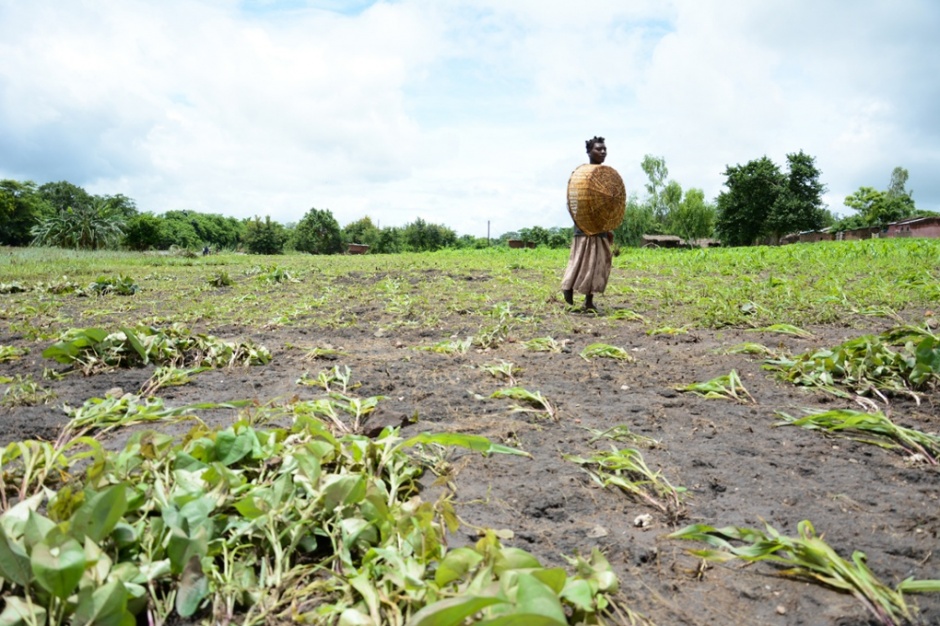
Strengthening the Capacity to Implement Natural Resources Legislation in Lao People’s Democratic Republic
While systemic capacities that support the implementation and enforcement of existing laws and regulations in the country are strong in terms of legislative framework, the lack of local individual capacities in terms of knowledge, skills, experience and institutional support remain a major impediment. In direct response to these issues, this project, Strengthening the Capacity to Implement Natural Resources Legislation in Lao People’s Democratic Republic, will strengthen capacity to implement natural resources legislation to meet the primary obligations of the Rio Conventions in Lao PDR.
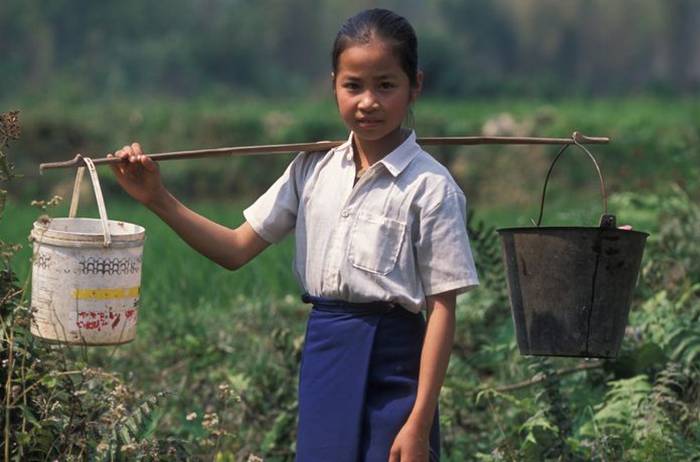
Training & Tools
Lao PDR – GEF Trust Project, Training of Trainers Manual for Participatory Natural Resources Management (Draft, August 2013)
Reports and Publications by country teams
Lao PDR – GEF Trust Project Terminal Report (3 August 2013)
Communications Products
Lao PDR – GEF Trust Project, Available Resources for Natural Resource Management
ProDocs
The following are the main outputs of the project –
- Key stakeholders in the three provinces are implementing and enforcing important components of the existing natural resource management legislation. This will be achieved through an agreed set of priority laws, regulations and/or articles (Outcome 1.1); A compliance strategy consisting of a set of steps to be taken to increase local compliance with the law (Outcome 1.2); A package of operational tools to help enforce the laws (Outcome 1.3) and; Documentation of the impacts of the tools on compliance across the Project Site (Outcome 1.4)
- National level stakeholders have the capacity to implement and enforce natural resource legislation. This will be achieved through an agreed set of priority laws, regulations and/or articles, that are best addressed at the national level (Outcome 2.1); A compliance strategy consisting of a set of steps to be taken at the national level to increase compliance with the laws selected under 2.1 and to be implemented at the national level (Outcome 2.2); A package of operational tools to help enforce the laws (Outcome 2.3) and; Documentation of the impacts of the tools on compliance across the Project Site (Outcome 2.4).
- Legislation and policy with regards to the Rio Conventions in Lao PDR is made more suitable to the national situation. This will be achieved through legislative revision that will take into account the primary and secondary obligations to UNCBD, UNFCCC and UNCCD (Outcome 3.1) and; Feeding in the findings, experience and lessons learnt from the Provinces under Outcome 3.1 into the legislative process and into laws and regulations (Outcome 3.2).
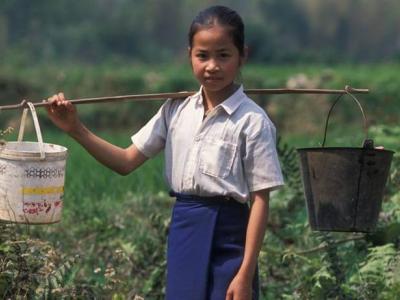



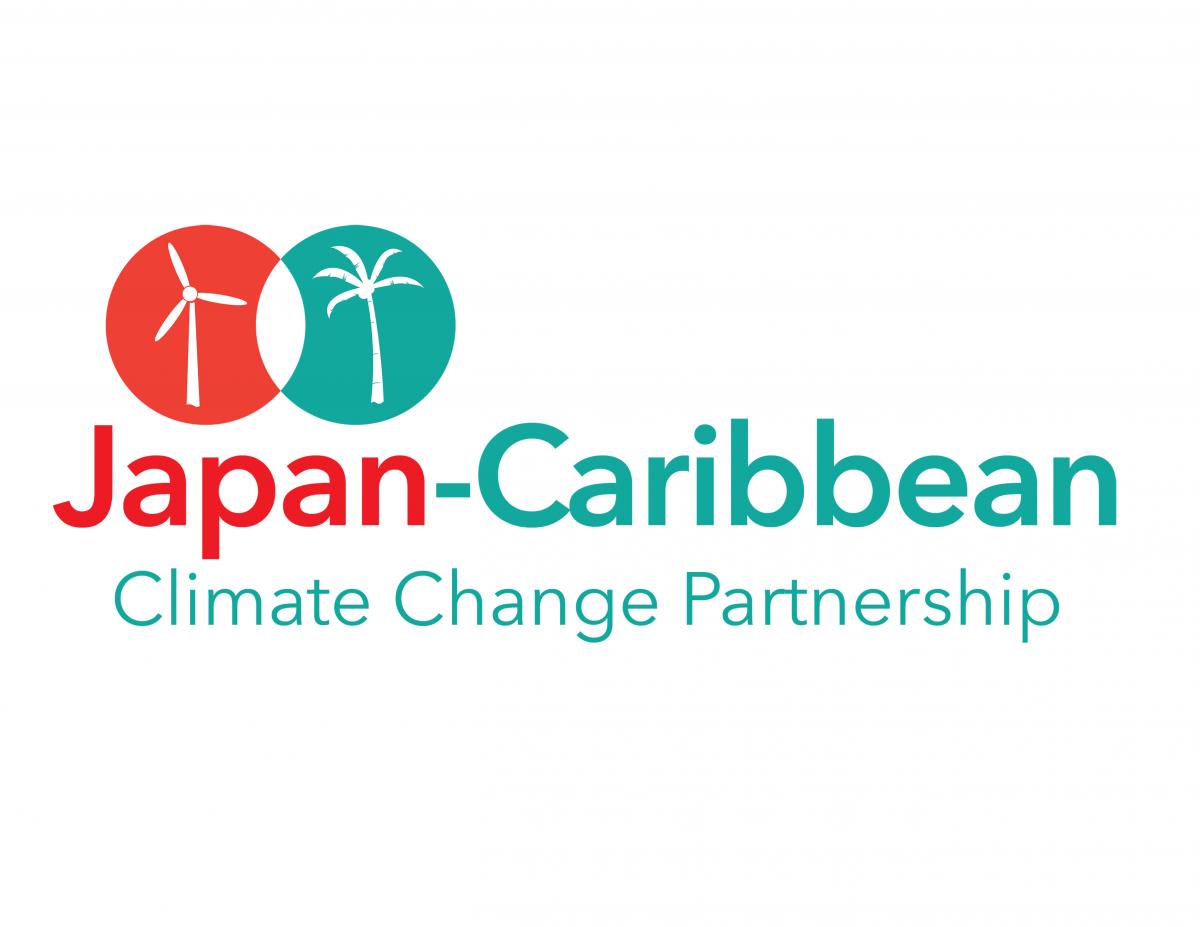

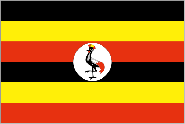

 Press Release - Developing of Impact Indicators for the Ecosystem-based Adaptation Project in Uganda takes off, 31 Jul 2014
Press Release - Developing of Impact Indicators for the Ecosystem-based Adaptation Project in Uganda takes off, 31 Jul 2014